EV year ahead: Every new electric car coming to Australia in 2022
As sales of electric and hybrid vehicles continue to grow there’s no shortage of fresh choices heading to Australia and next year is shaping up to be the biggest yet, with more than 50 new arrivals planned. Some traditional brands will bring their first EVs to Australia while others will add to their electric offerings.
And there will be more brands available in Australia by the end of 2022, with additional brands arriving to increase the competition that is already heating up.
Want the latest EV news and reviews delivered to your inbox? Subscribe to our weekly newsletter!
Here is every new EV, PHEV and FCEV coming to Australia in 2022.
FULL EV CALENDAR: Every new electric car due soon
EV UTE OVERLOAD: The electric utes and pickups coming soon
Audi e-Tron GT
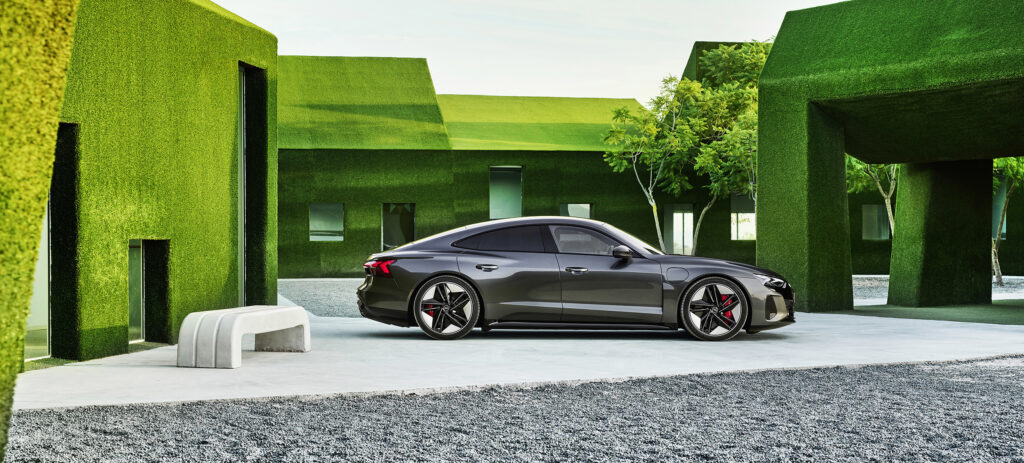
One of the many delayed EVs is finally set to make an appearance in the second half of 2022. The e-Tron GT is shaping up to be one of the most exciting new arrivals. Sharing its electrical architecture with the Porsche Taycan, the e-Tron GT is arguably better to look at and promises and intense focus on driving enjoyment. In high-performance RS guise it’ll be the most powerful Audi ever unleashed on the road. Expect prices to undercut the Taycan, but not by much, suggesting it could start somewhere around $150K.
Audi e-Tron S
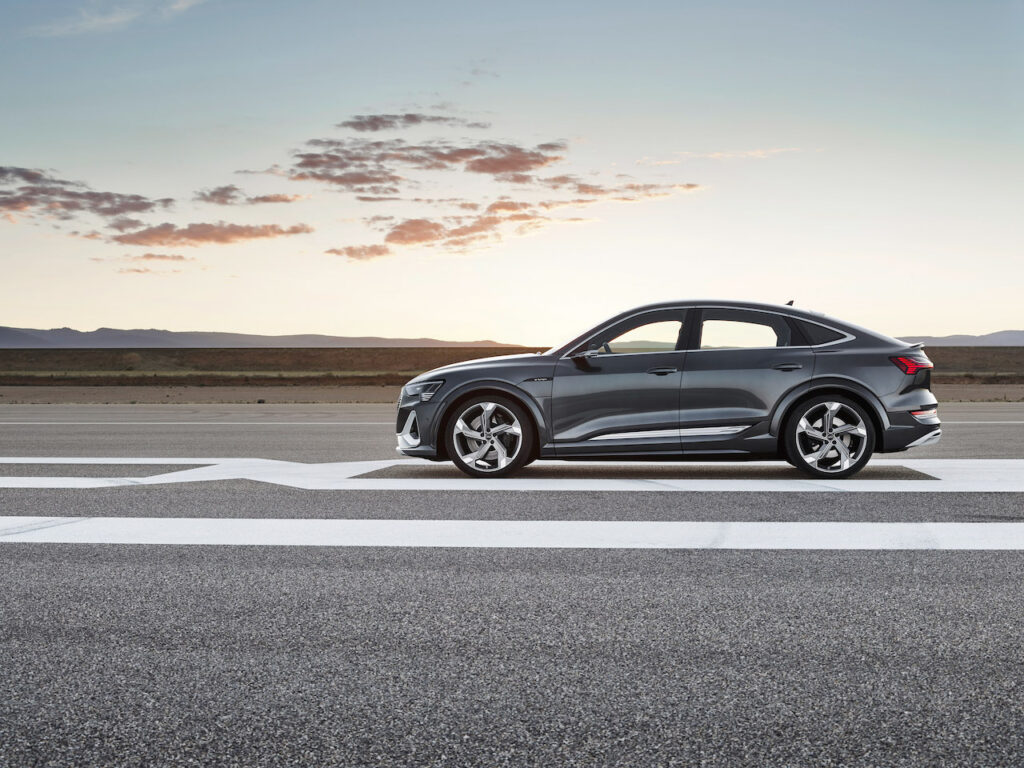
The Audi e-Tron S takes the e-Tron formula and amps it up a notch or two by adding a third electric motor; that allows each rear wheel to be driven independently with computer controlled torque vectoring – sending more drive to the outside wheel – for sharper cornering. That means 370kW and a hefty 973Nm, enough to lower the 0-100km/h time to 4.5 seconds. To be offered in the regular SUV e-Tron shape or sleeker Sportback, pricing starts at $165,600 before on-road costs and the e-Tron S will be in dealerships early in the year.
BMW iX3
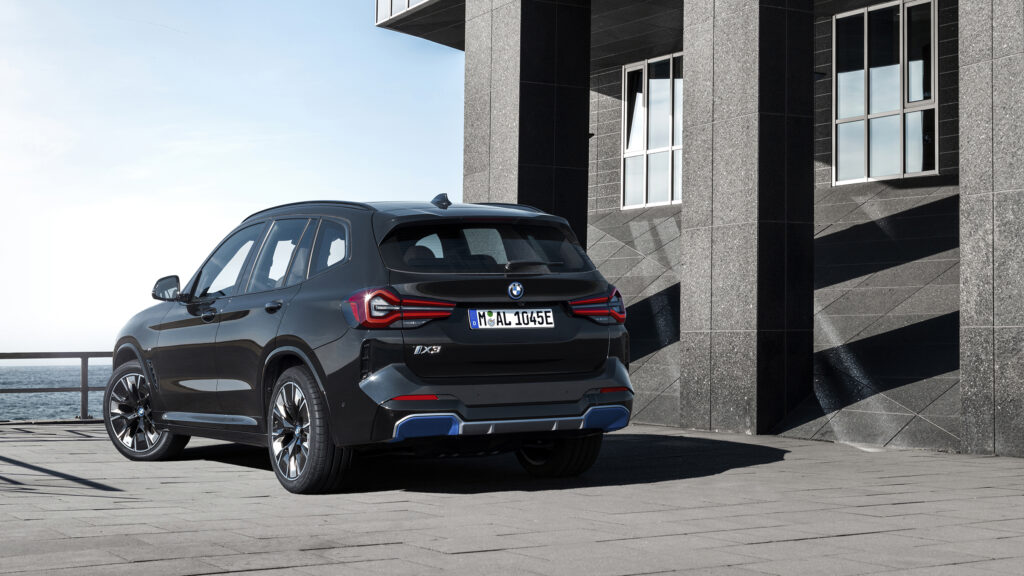
The BMW iX3 uses a simple formula and its name is a giveaway. It utilises the basic body of the X3 mid-sized SUV but replaces ICE bits with an electric motor, hence the “I” addition to the name. Unusually, there’s only a single electric motor driving the rear wheels, leaving all that bonnet to cover other things. Pricing starting at $114,900 undercuts mid-sized EV offerings from Mercedes-Benz and Audi but still ensures a decent premium over the ICE variants. The iX3 will also be the first BMW sold here to be sourced from China.
BMW iX
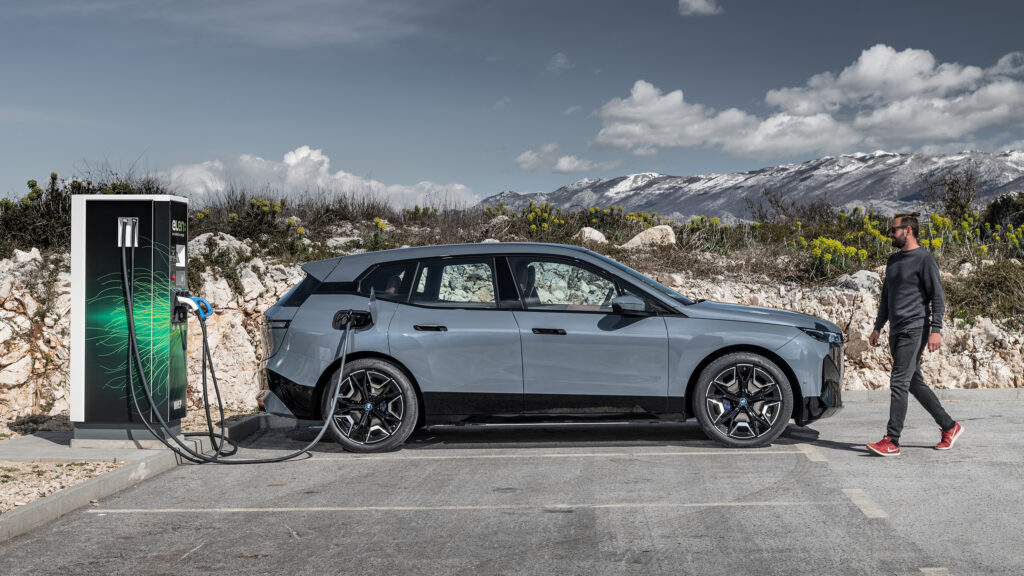
The big daddy in the BMW electric car family will be the iX. To provide X5 buyers with an all-electric alternative, the design of the BMW iX started from the ground up as an EV. That means plenty of interior space in what is a boldly-styled machine brimming with tech. The iX will initially be offered in two dual-motor variants: $135,900 xDrive 40 and $169,900 xDrive 50 (prices exclude on-road costs). As a bonus it’ll tow up to 2500kg – more than any other EV on the market. Later in the year there will also be an M-tuned iX M60, complete with big power and a more intense focus on driving excitement.
BMW i4
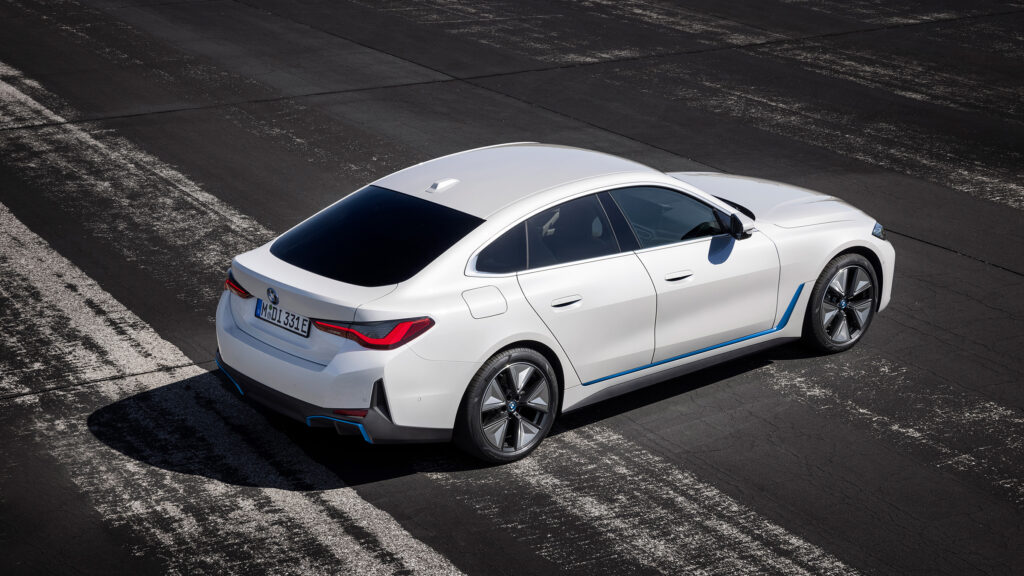
Want an electric version of the BMW 3-Series? The BMW i4 is as close as it gets – in spirit, at least. The BMW i4 takes the sports sedan focus and infuses it into an EV-only platform that promises plenty of performance wrapped in distinctive styling with a big grille. The i4 will be available in two models: single motor rear-drive i4 eDrive 40 or dual motor AWD i4 M50, priced from $99,900 and $124,900 respectively (before on-road costs). It’ll hit Aussie roads in March.
BYD Yuan Plus
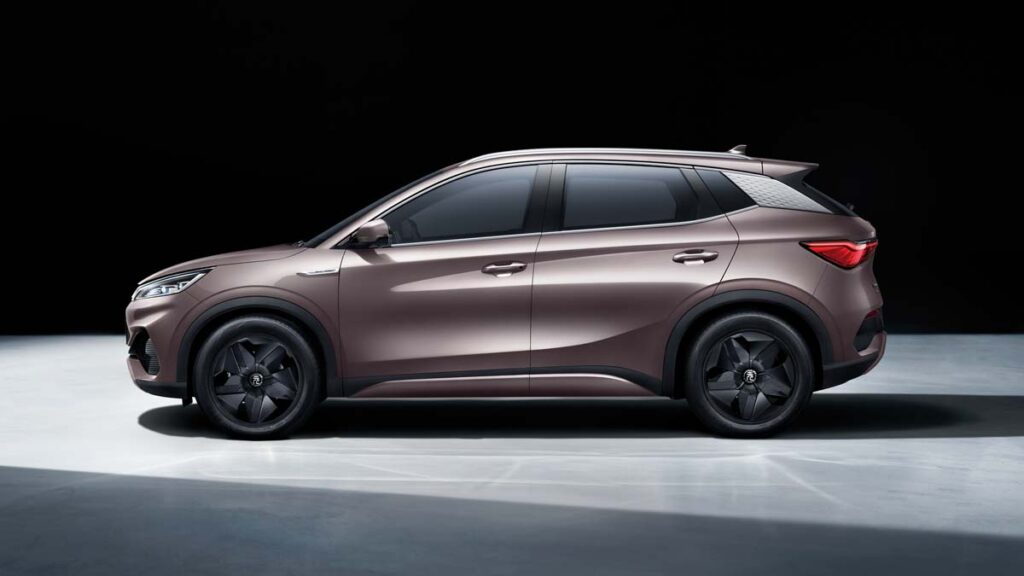
There’s been no shortage of delays for the Chinese EV giant’s planned arrival in Australia. To be sold through EVDirect, the importer for BYD says it will have full details on its website by March, with a promise first deliveries of the Yuan Plus (it’ll likely be renamed for Australia) will arrive in the first half. Price and tech are the focus for the newcomer that will have a single electric motor driving the front wheels. BYD has previously talked of a sub-$40K start price for the SUV that straddles the compact and mid-sized categories.
BYD Han
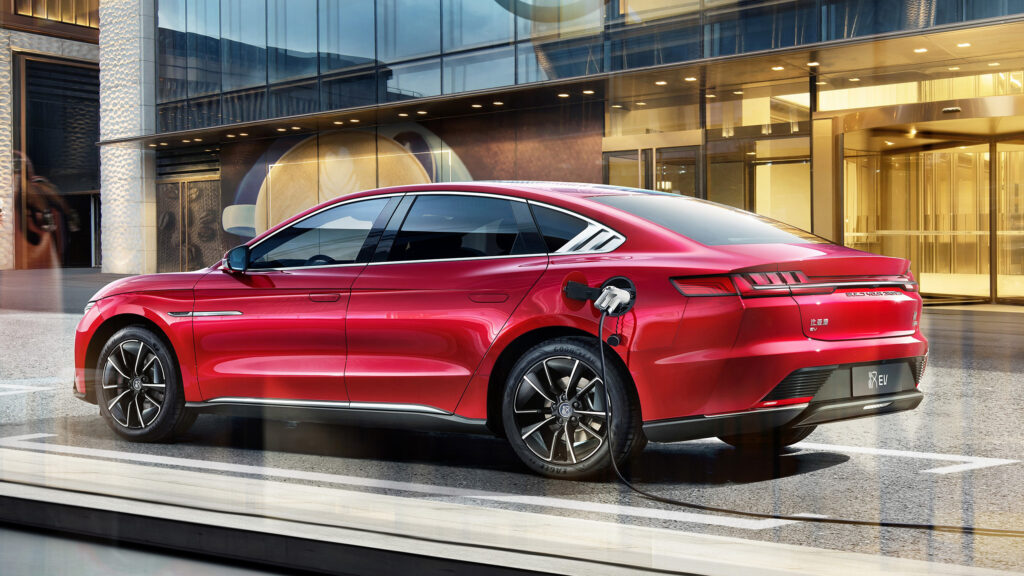
Look out Tesla because BYD has the Model 3 in its crosshairs with the Han. The new BYD sports sedan is due some time in 2022 (BYD details will apparently become clearer in March) providing another BEV alternative to the traditional premium sedans that have seen sales slide in recent years. The local BYD importer says the Han will be priced “considerably lower than Tesla” and have more tech with better quality. Big calls, but BYD has plenty of runs on the board in its homeland.
BYD EA1
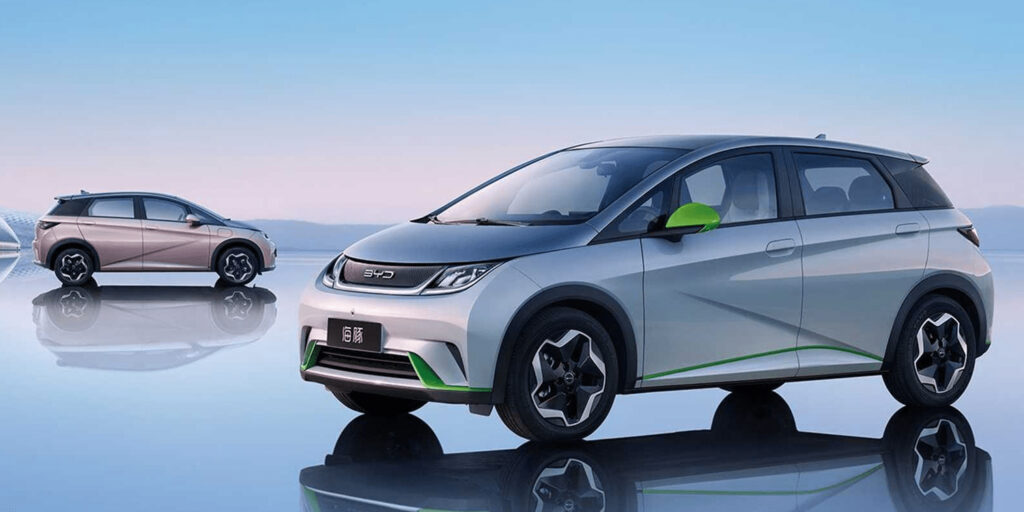
The BYD EA1 (or Dolphin as it is known in China; expect a new name for Australia) could be the most affordable EV on the market. The importer says the compact hatchback could sneak in under $30,000, providing some all-electric competition at the entry-level part of the market. The EA1 is similar in size to a Toyota Yaris or Mazda2 and gets a choice of power levels for the single front-driving electric motor.
Cupra Born
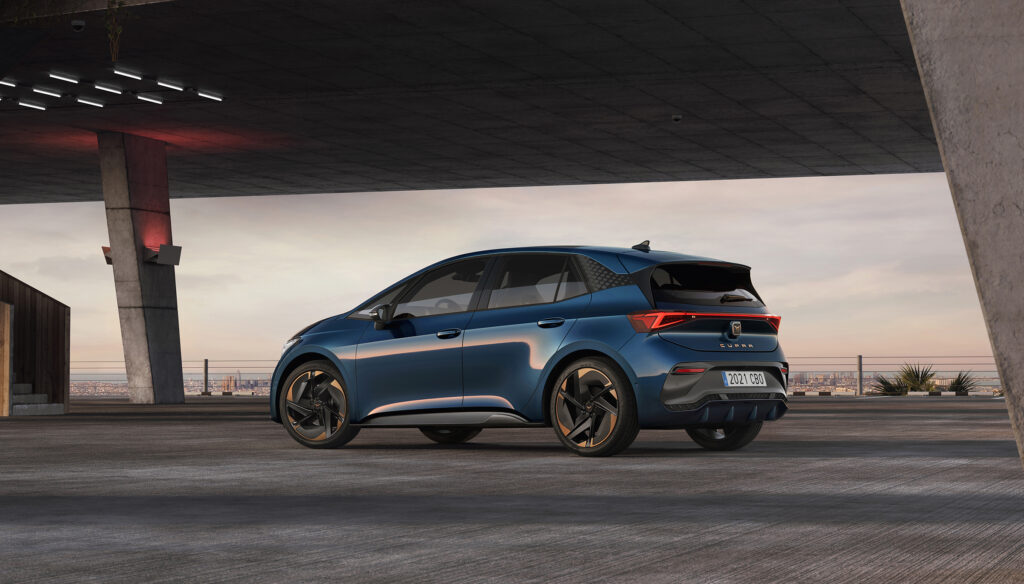
Haven’t heard of Cupra? You’re not alone. The Spanish brand is part of the Volkswagen Group and was spun off Seat as a performance-focused brand that also has an emphasis on technology. The Born is Cupra’s first BEV and it’s all but guaranteed for 2022. Utilising the basic layout and EV components of the Volkswagen ID.3, the Born has an available EV boost mode (for extra power) and distinctive styling. Expect pricing close to that of a VW Golf GTI and an Aussie arrival late in the year.
Cupra Leon e-Hybrid PHEV
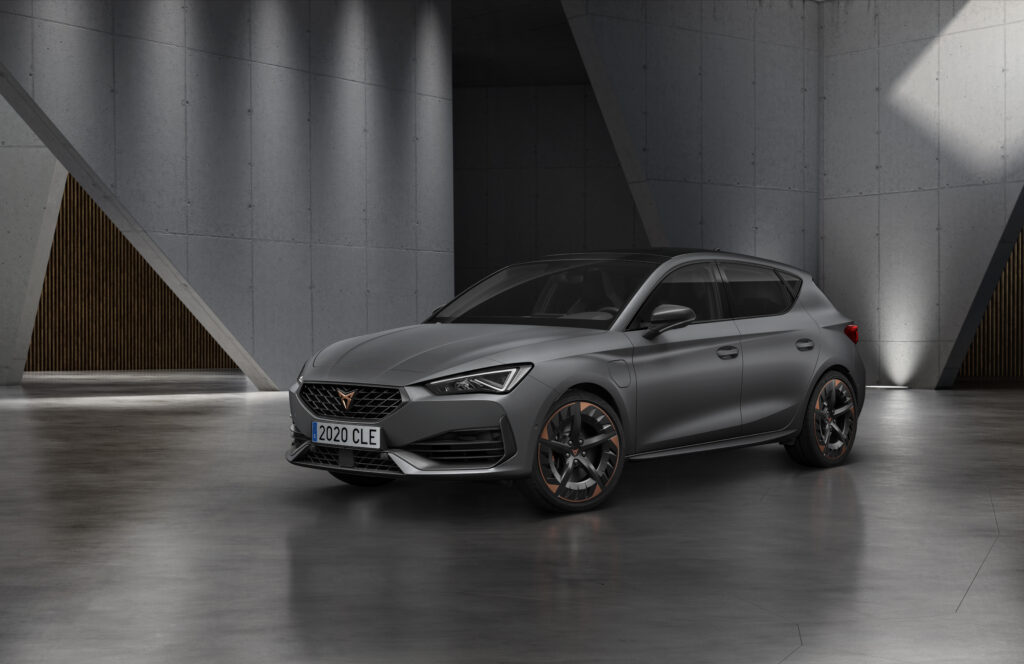
Cupra’s Australian journey kicks off mid-year with a range of models that include the Leon e-Hybrid. The PHEV drivetrain has an EV range of around 60km. Teaming a 1.4-litre turbo with an electric motor also makes for warm hatch performance and the Leon promises a slick driving experience courtesy of sharp steering and big brakes.
Cupra Formentor e-Hybrid PHEV
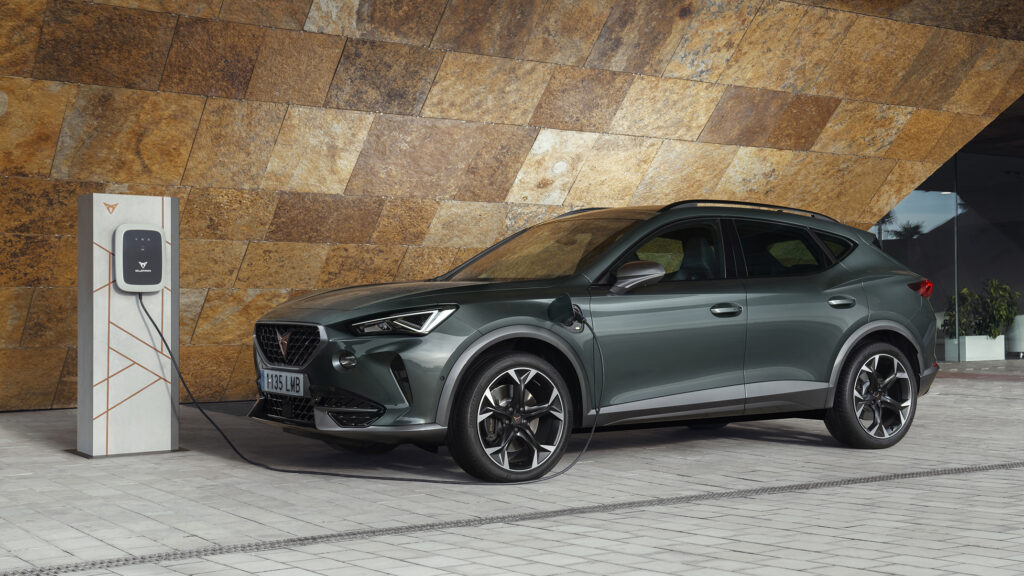
The Cupra Formentor uses the PHEV drivetrain of the Leon but houses it in a crossover SUV body that promises more practicality. The additional weight reduces the EV range to somewhere between 50 and 55km. As with the Leon, expect a long list of equipment and quality finishes to help position the five-door between mainstream and luxury offerings.
Ford E-Transit
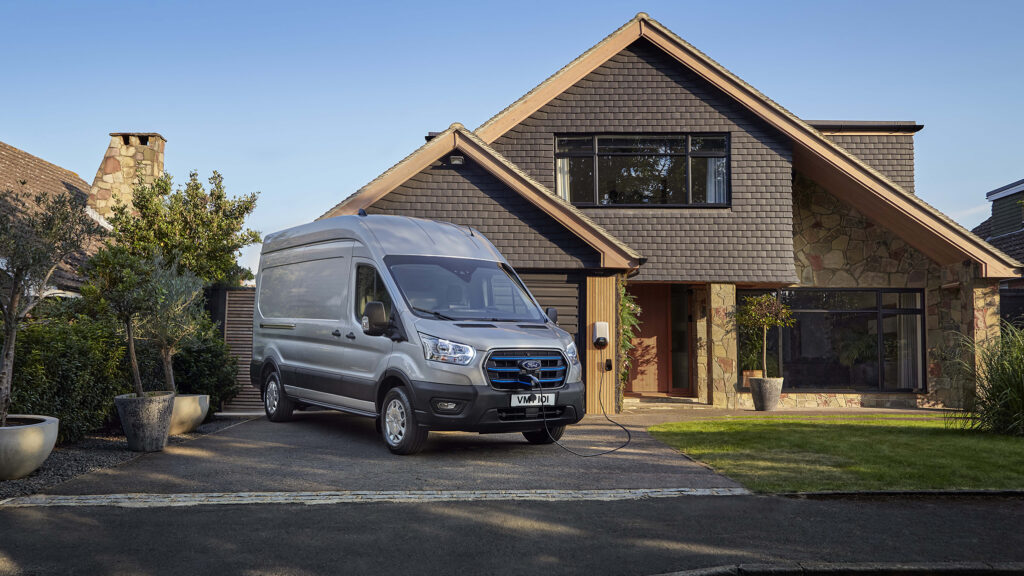
A delivery van will be the first electric Ford on sale in Australia. It’s hardly exciting to the masses, but could make a big impact in terms of EV kilometres driven, with a promise that its yet-to-be-announced price premium to be offset by lower running costs. It’s one of five electrified Fords due in Australia by 2024. The E-Transit EV range is 317km, although that will clearly come down if owners are utilising the entire 1616kg payload. The Ford E-Transit arrives mid-year.
Ford Mustang Mach-E
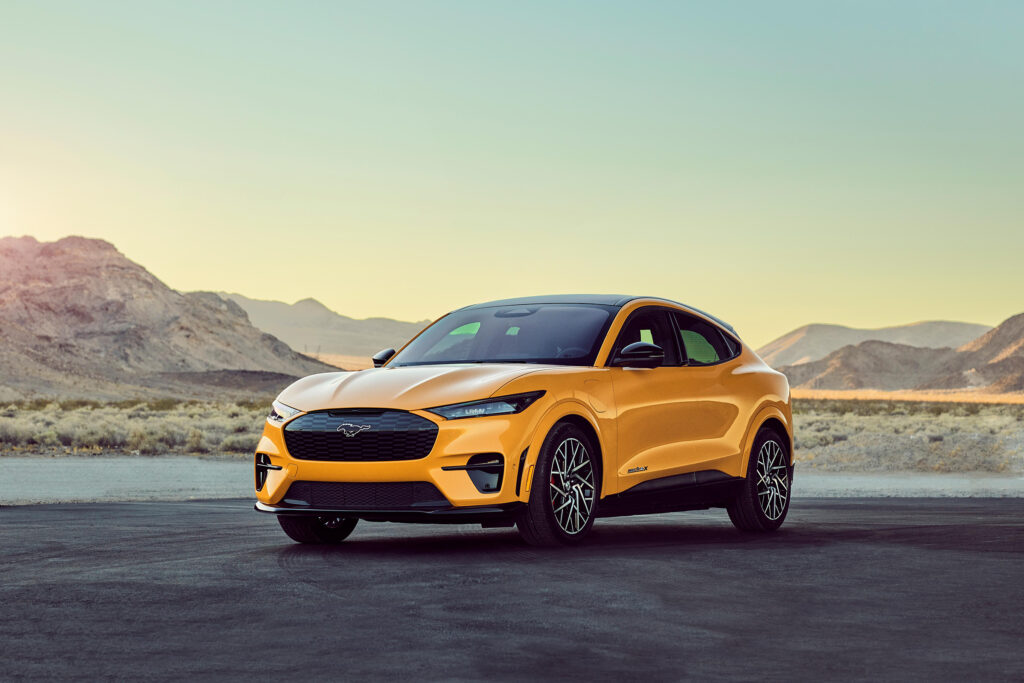
We said it last year and we’ll say it again this year: the Mustang Mach-E is coming, it’s just a matter of when. For now Ford is scrambling to fulfil orders where it matters more – the Mach-e provides crucial regulatory credits in some countries – so Australia has been shuffled down the list. But Ford Australia still has its hand high in the air.
Ford Escape PHEV
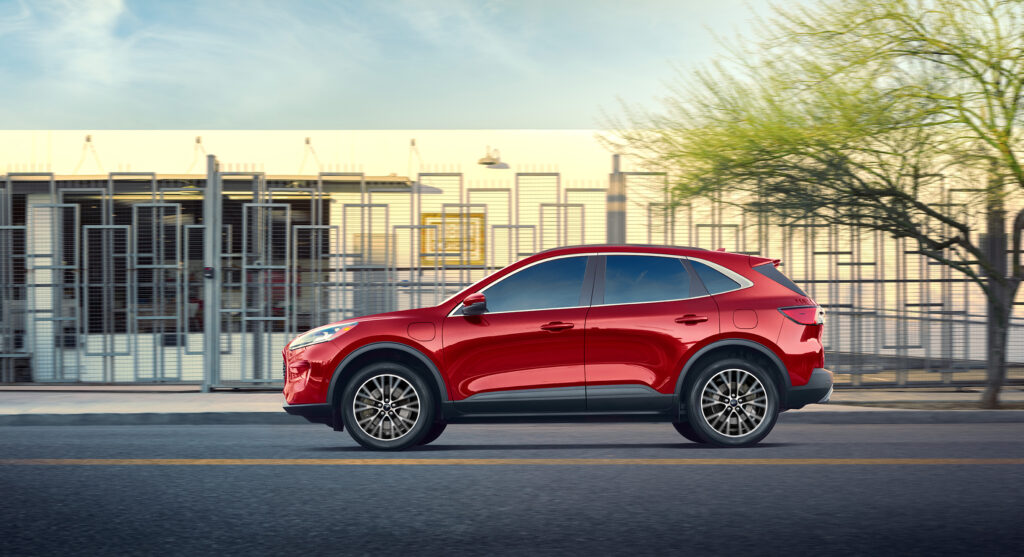
Ford’s first plug-in hybrid was originally due in 2020 but that timeframe has well and truly blown out due to delays, in part because of issues with batteries catching fire. The Escape PHEV is still on the Ford Australia menu, though, and is due in the second quarter. The five-seater mid-sized SUV drives only the front wheels using a 2.5-litre four-cylinder teamed with an electric motor.
Genesis GV60

Take all the goodness of the Hyundai Ioniq 5 and put it in a more luxurious Genesis body and you get a good idea of what the GV60 is all about. When it arrives towards the middle of the year the Genesis GV60 promises big all-wheel drive dual-motor performance and lashings of tech, including some innovative over-the-air software updates and facial recognition instead of a key.
Genesis Electrified GV70
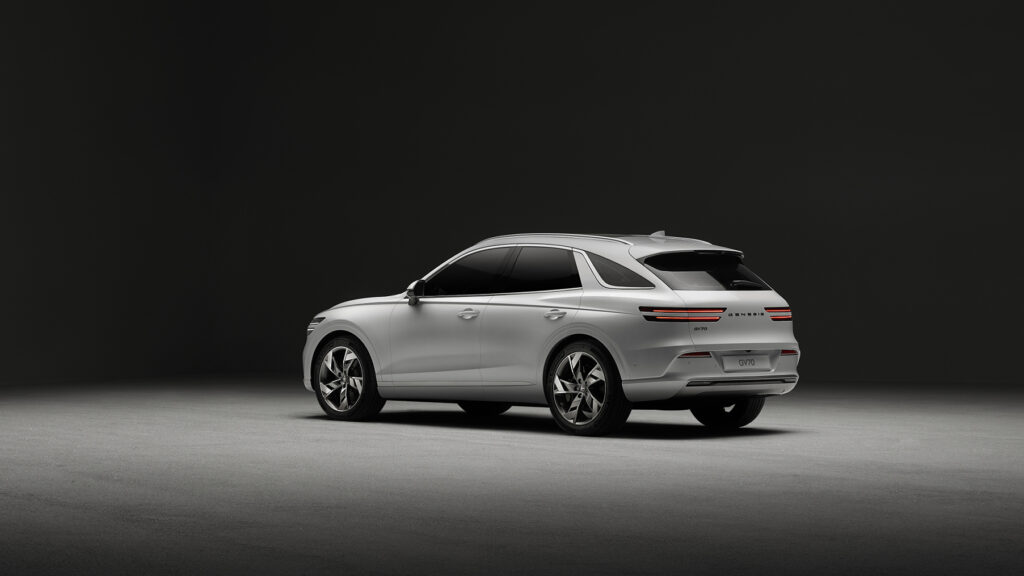
Unlike the GV60, the awkwardly named Electrified GV70 relies on the platform of an ICE car, in this case the mid-sized GV70 SUV. It looks set to go head-to-head with the Audi e-Tron, Mercedes-Benz EQC and Jaguar I-Pace, although likely with pricing closer to $100K. Due around the middle of 2022.
Genesis Electrified G80
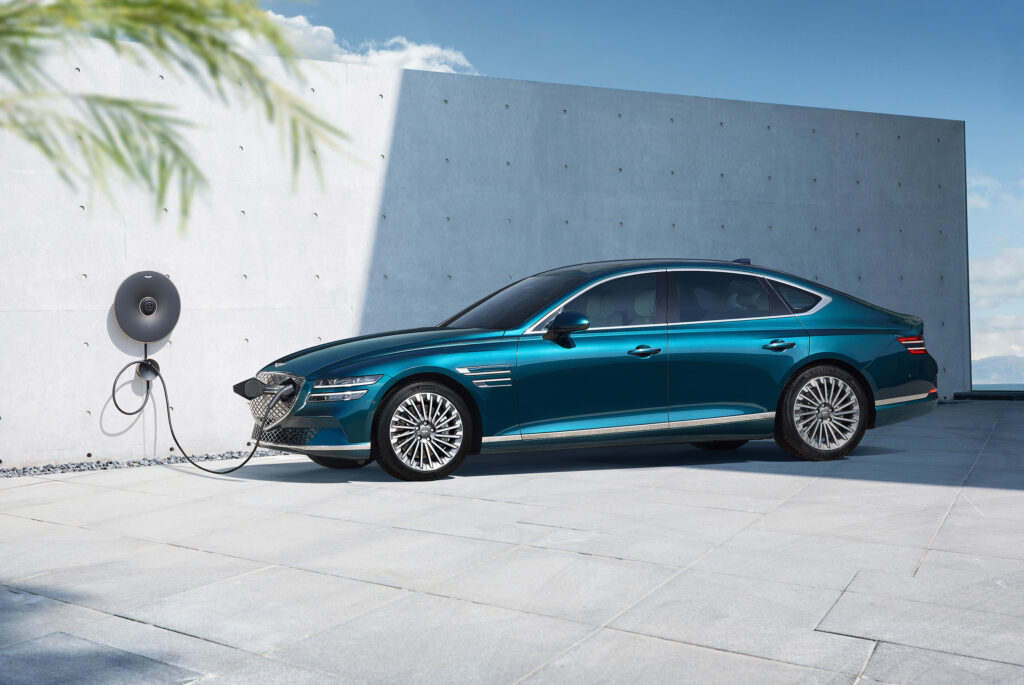
The third of the EV trio due by the Hyundai-owned luxury brand around the middle of the year is the Electrified G80. The all-electric large sedan could appeal to chauffeur drivers looking to lower their running costs. After all, the G80 is a sizeable sedan that promises upwards of 400km of EV range, which should be plenty for all those airport runs.
Hyundai Ioniq 5
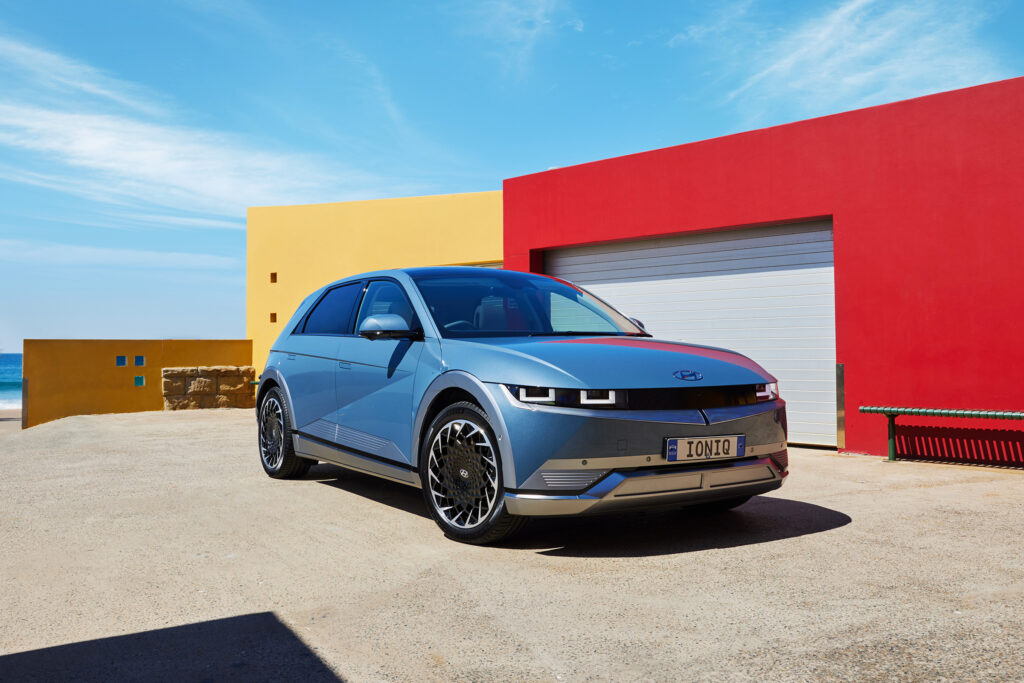
The EV people are queuing to own is set to get more affordable by mid-2022. Hyundai is gearing up to introduce two more affordable model variants of the Ioniq 5. The hot money is on a mid-level model using the same 72.6kWh battery of the highly-specced models buyers have been scrapping over. But we’ll also likely see an version with less equipment and the smaller 58kWh battery pack that should make the Ioniq 5 a lot more affordable. Best estimates suggest the more affordable Ioniq 5s could start at around $60K, providing some competition for the top-selling Tesla Model 3. Crucially, it will also allow buyers to take advantage of some of the rebates and incentives offered by state governments.
Hyundai Ioniq 6
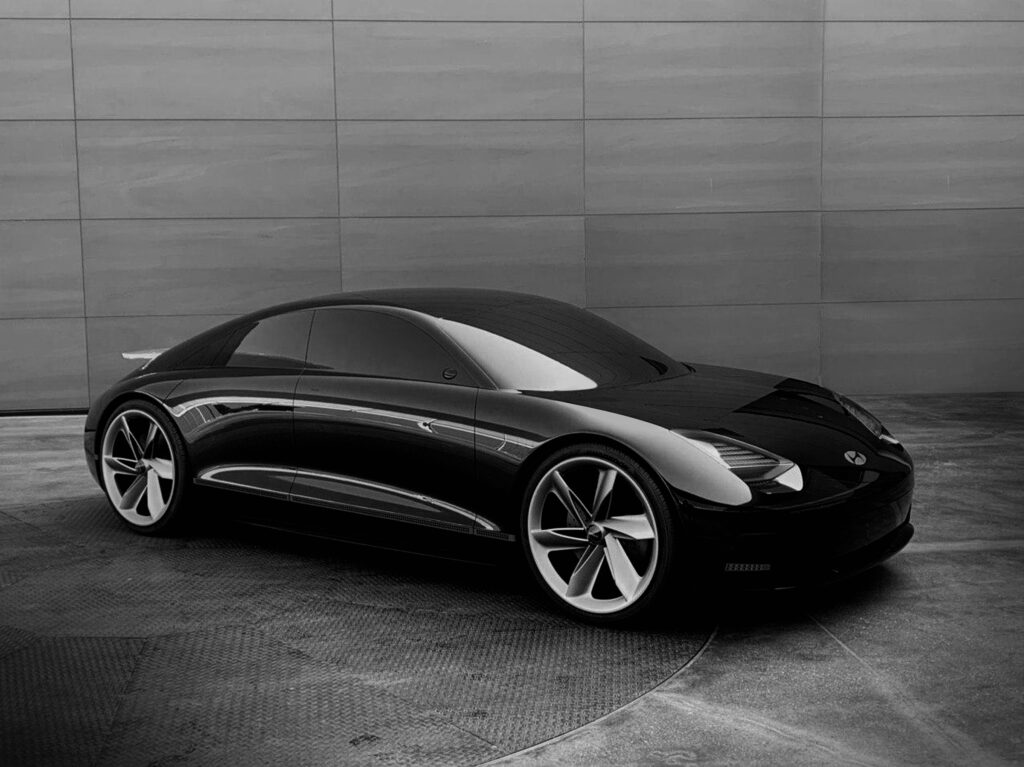
The next in the Ioniq family – to be called Hyundai Ioniq 6 – will launch globally by end of year. Riding on the E-GMP architecture that underpins the Ioniq 5 (among others) the Ioniq 6 will have sleeker styling, while early teasers (including the Prophecy concept) suggest it will be loaded with gizmos. There’s a chance it could sneak into Australia late in 2022, although it’s more likely 2023.
Hyundai Santa Fe Hybrid
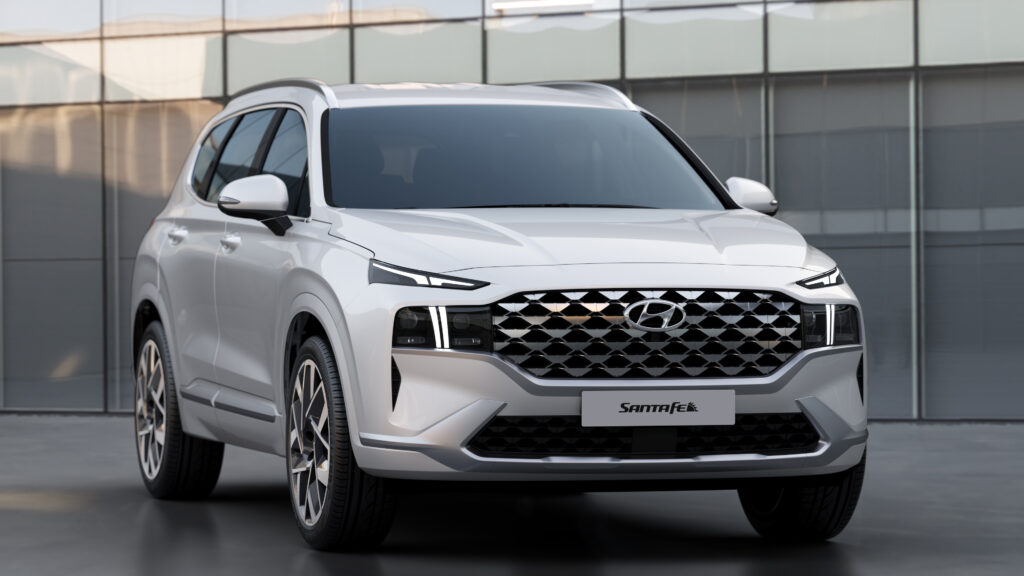
A hybrid version of the seven-seat Santa Fe arrives in the first half of the year, promising decent fuel savings. But the 1.6-litre turbo mated to an electric motor also gives Hyundai a much-needed all-wheel drive model that uses petrol (the V6 drives only the front wheels, with those wanting AWD currently forced to choose diesel). As for a PHEV, unlike sister brand Kia, Hyundai has decided against it for Australia.
Kia Niro
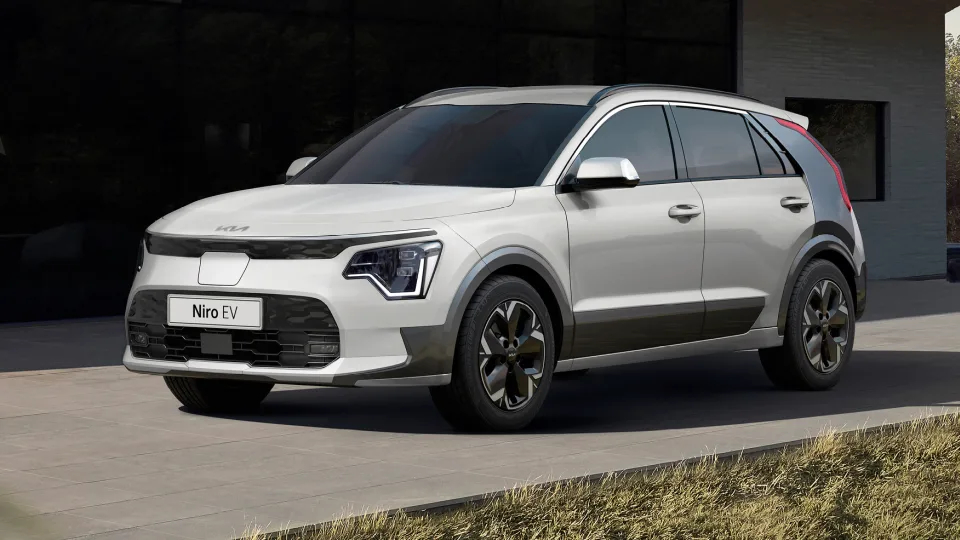
It seems like we only just said hello to the Kia Niro and already it’s set to be replaced. That’s because it was; Australia got the current (soon-to-be-replaced) Niro very late in its model life. The all-new Niro is due around July/August and will continue with the three-pronged drivetrain strategy: regular hybrid, plug-in hybrid and pure EV. Expect pricing to sit below the EV6 (see below).
Kia EV6
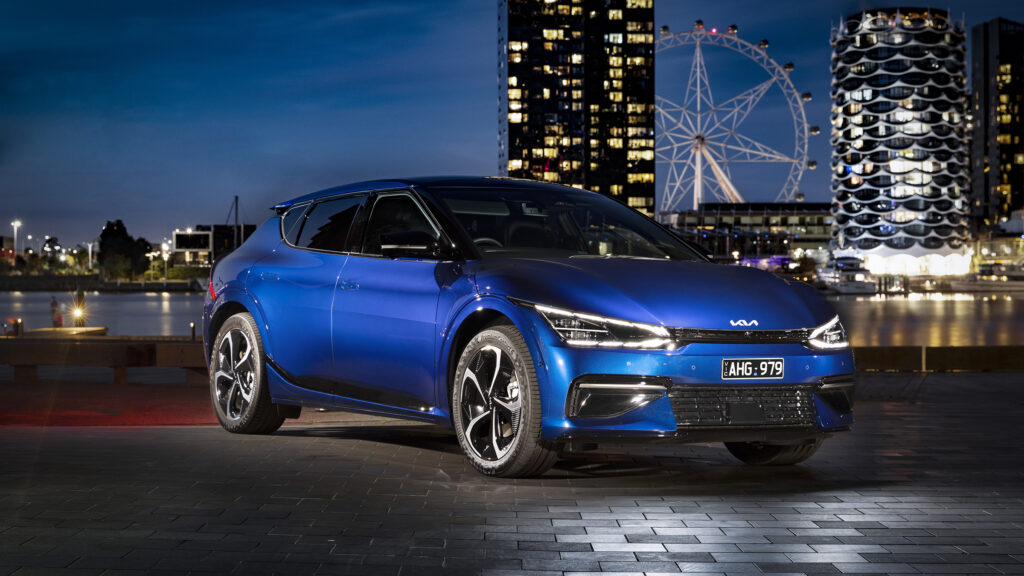
It’s been a long wait but the Kia EV6 arrives early in the year, albeit in limited numbers. The sister car to the Hyundai Ioniq 5, the EV6 uses the same basic underpinnings but gets a slightly larger battery pack and very different styling. Kia has also conducted local suspension tuning for a car that has some innovative design touches and plenty of performance. None of which will be cheap, with prices expected to start around $80K.
Lexus NX450h+
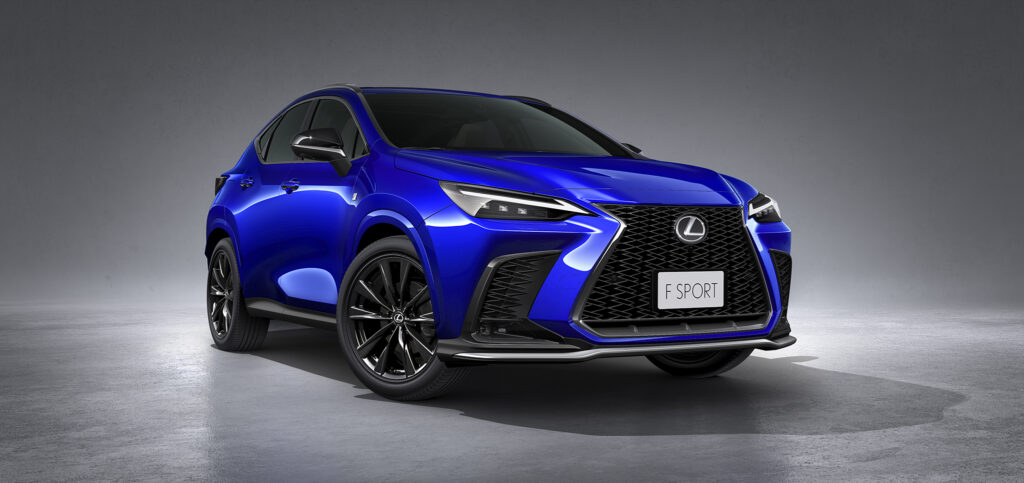
Lexus led the way on prestige hybrids but 2022 will be the first year it sells a hybrid in Australia that can be externally recharged. The NX450h+ will sit at the top of the NX mid-sized SUV family with a price tag of $89,900 plus on-roads. Two electric motors pair with a familiar 2.5-litrre four-cylinder engine to make a combined 227kW. There’s around 70km of range and no shortage of performance, at least if you’re prepared to bring the petrol engine into play.
Lexus RZ450e
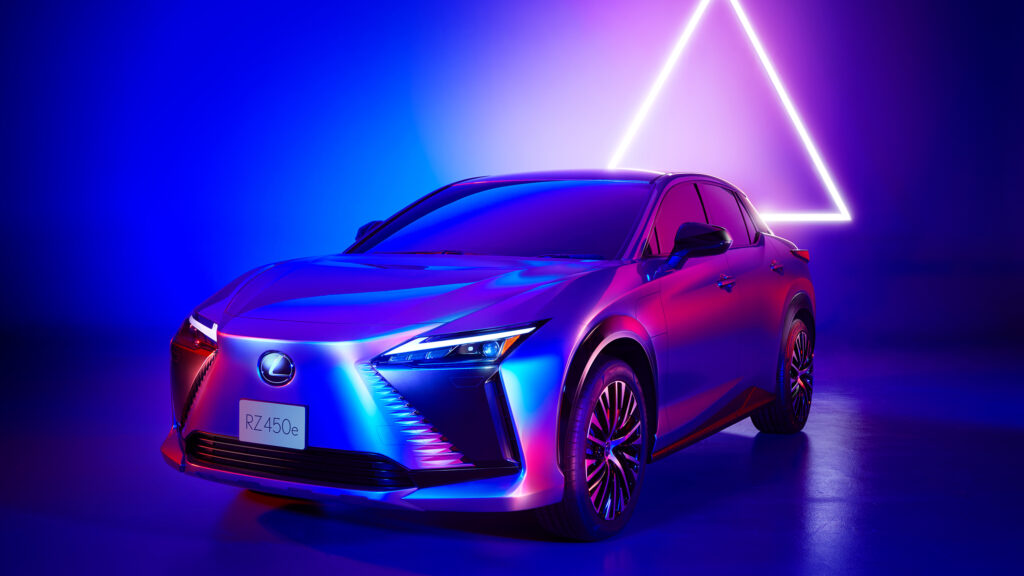
Lexus is about to ramp up its EV push having lagged luxury rivals – and the Lexus RZ450e is the most serious effort yet. Expected to share much of its architecture with the Toyota bZ4X, the RZ450e places more emphasis on design with a radical distinctively shaped SUV that closes off much of the Lexus grille. We’d also guess it will step up the performance from the Toyota offering, although those details are yet to come. It’s officially a “design preview” although it’s clearly close to the real thing that will be unveiled in the first half of the year. No word on when the RZ450e will make it to Australia but it could theoretically sneak in late in 2022.
Mercedes-Benz EQA350
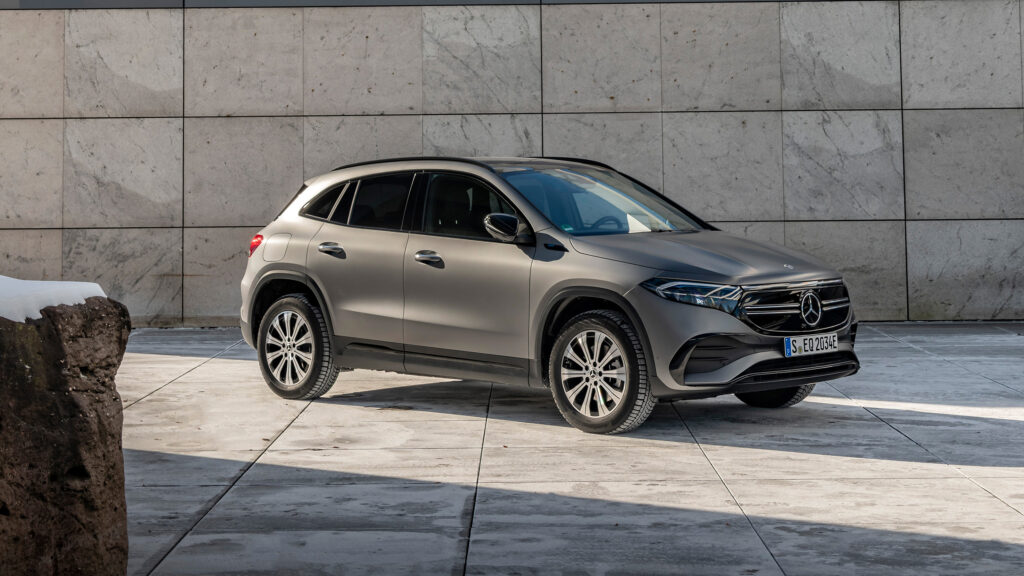
The dual-motor version of Benz’s EQA compact electric SUV makes an appearance early in the year. It’ll provide bigger performance than the EQA250 already on sale, although also expect to pay more for it.
Mercedes-Benz EQB
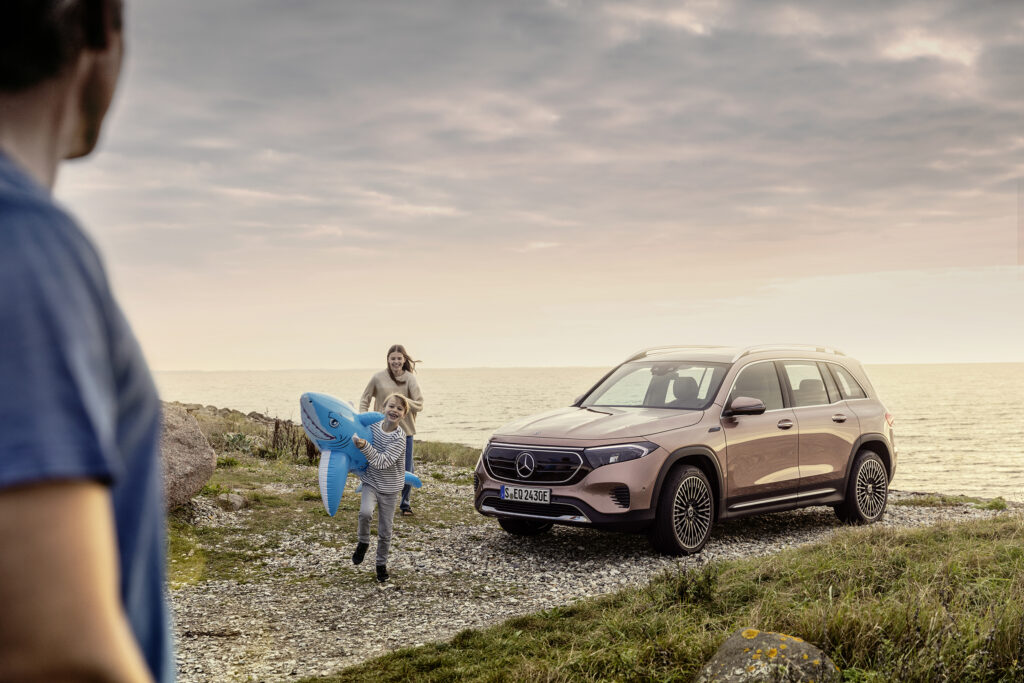
Take the EQA that’s already on sale and give it a larger body with seating for up to seven. That’s the premise of the Mercedes-Benz EQB that’s due around July. As with the EQA there will be a 250 (single motor, front-drive) and a EQB350 (dual motor, AWD).
Mercedes-Benz EQE
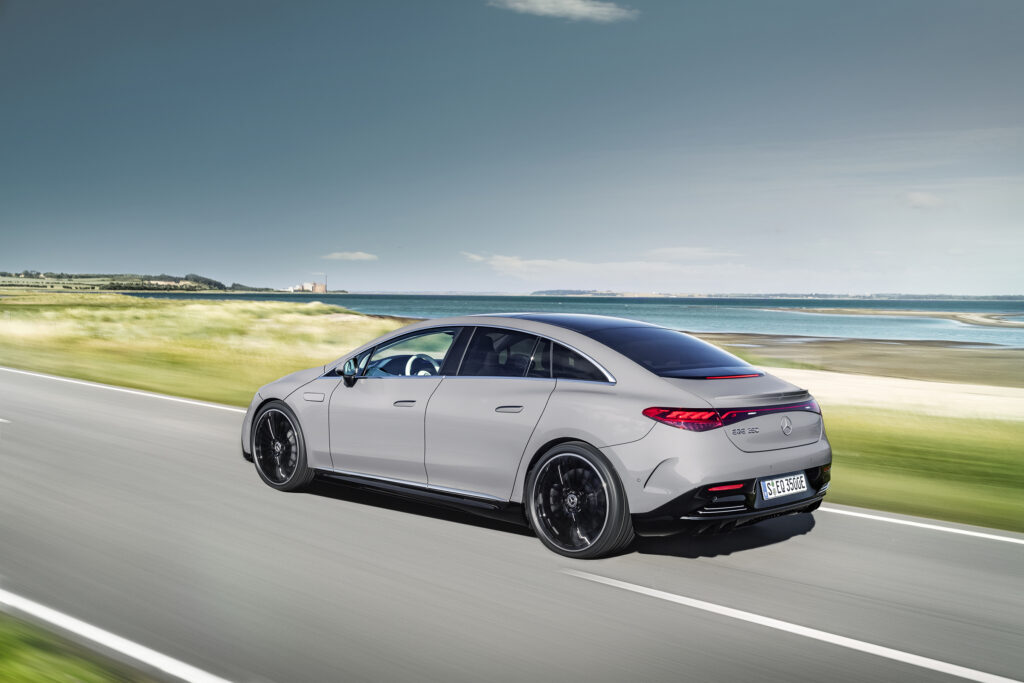
One of the more serious in the EQ electric family is the Mercedes-Benz EQE, which roughly aligns in size and status with the E-Class sedan. Like that car it promises plenty of style and space wrapped in a body that has optimised every millimetre for aerodynamic efficiency. Super fast charging and the availability of big performance from an EQE53 AMG suggest that as well as luxury there will also be plenty of driving nous in a car that plays right in the MB heartland.
Mercedes-Benz EQS
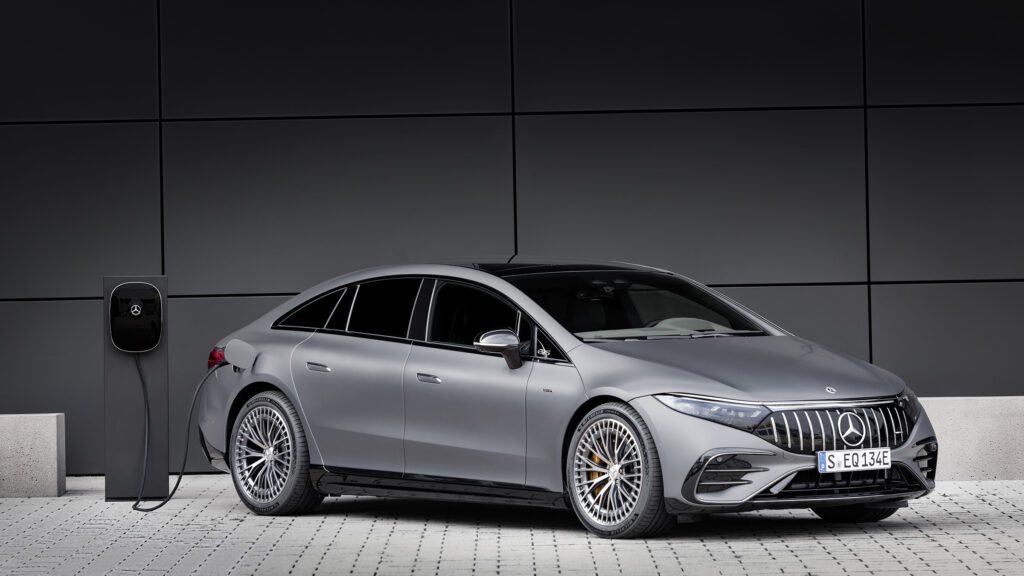
The EQS represents the pinnacle of EQ luxury for Mercedes-Benz, at least for now. It’s claimed to be the world’s most aerodynamically efficient road car, with a coefficient of drag of just 0.20. Along with a sizeable battery built into the floor it helps the EQS claim an EV range between charges of up to 780km, which would be a new high for a car sold locally. The EQS uses much of the tech and electrical architecture of the EQE but in a larger, more opulent sedan body. The Australian lineup kicks off with the high-performance EQS53 AMG – with a hefty 560kW and 1000Nm – but will also include a rear-drive model and another AWD; at least one will join the range later in 2022.
Mercedes-Benz EQV
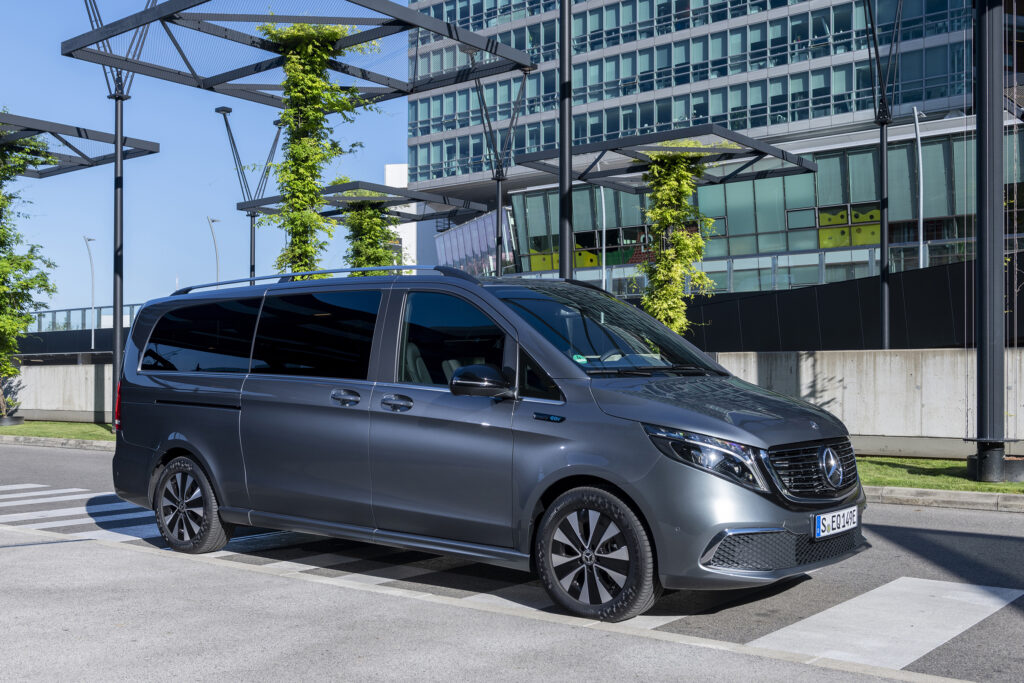
Just in case you thought Mercedes-Benz was only focusing on its traditional luxury limousines in its rapid shift to EV, along comes the EQV. The seven-seater uses the body of the V-Class but with only electricity doing the driving. It’ll hit showrooms in the second half with a WLTP range of 356km.
Mercedes-Benz eVito
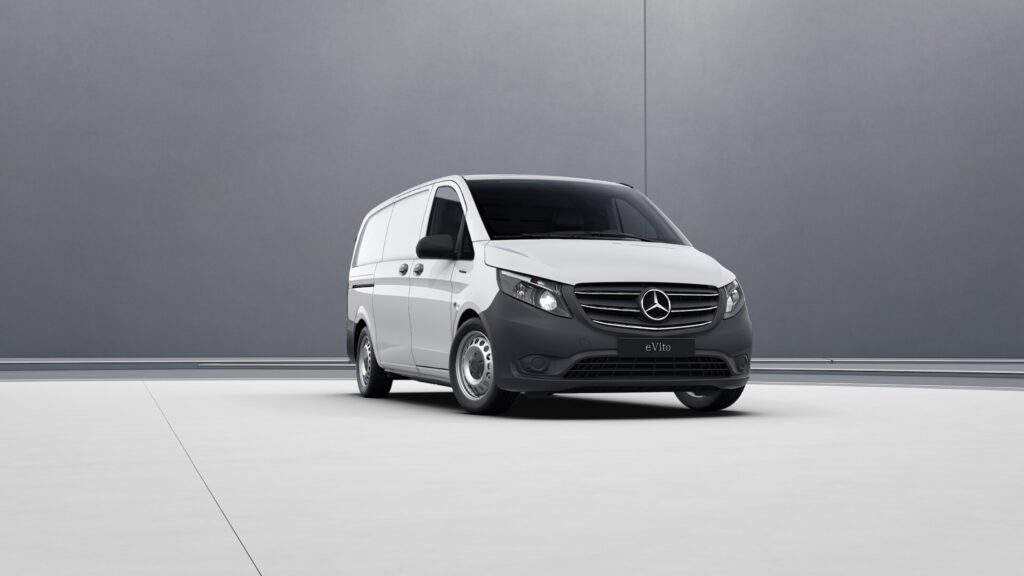
Take much of the EQV thinking but minus the seats and lot of the luxury trimmings and you’ve got an eVito electric van, which will be available in two lengths depending on how much cargo space owners want. Range is slightly higher, at least when unladen. Given it’ll be used to carry things in commercial applications how far it will get will depend on individual circumstances.
Mercedes-Benz C350e
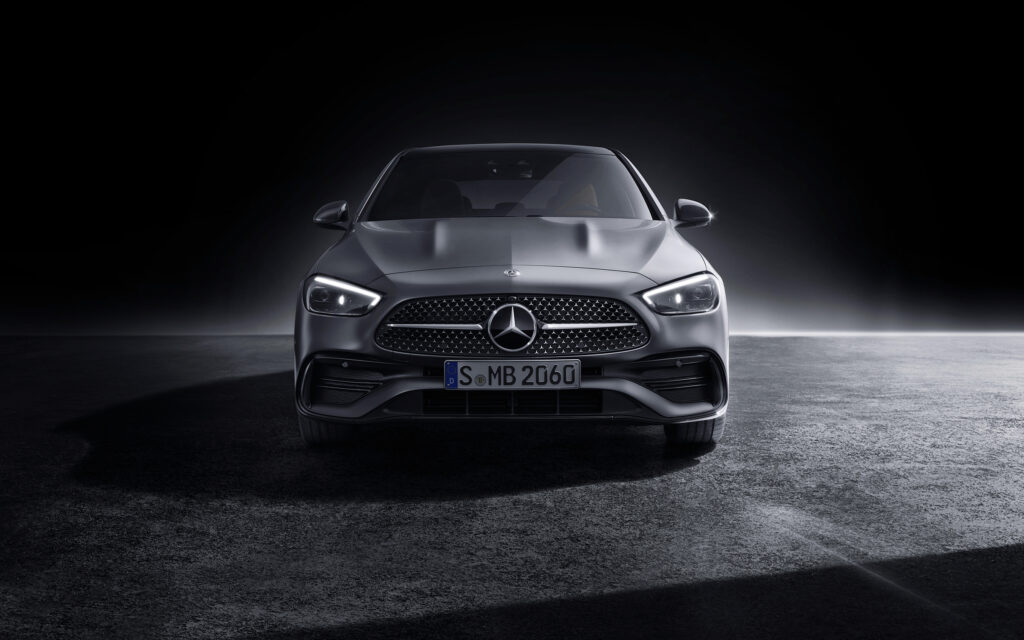
The C-Class was once the top seller in the Mercedes-Benz lineup although the rush of SUVs has put an end to that. Still, it’s an important model and one that will again include a plug-in hybrid in the form of the Mercedes-Benz C350e (a car badged as the C300e in some overseas markets). A 2.0-litre engine adds an electric motor for a combined 230kW. Impressively, the C-Class PHEV will be able to travel up to 100km purely on electricity. While regular C-Classes will arrive in February, the PHEV will be towards Q3.
MG ZS EV
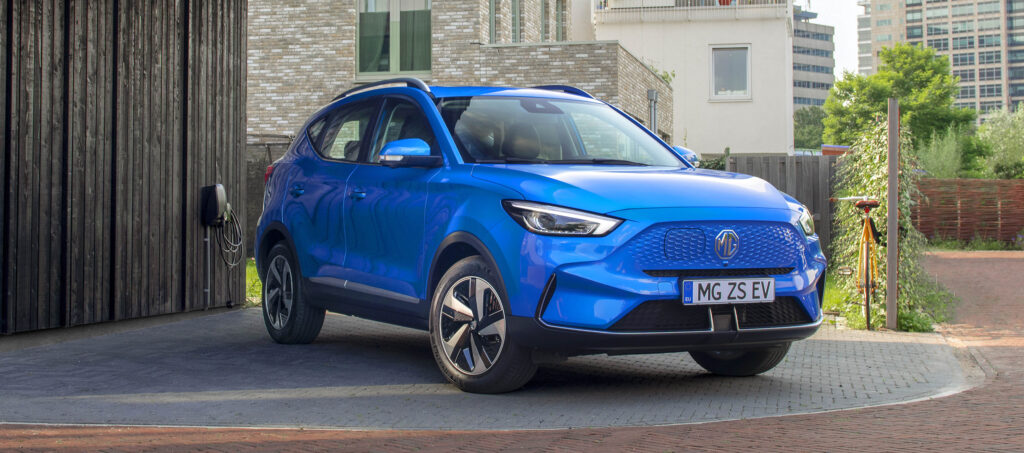
What is still the cheapest EV on sale in Australia comes in for a major update in 2022. The new MG ZS EV gets a heavily revised look, predominantly around its nose and inside. There’s also a step up in battery capacity to 51kWh as well as an optional larger 72kWh battery with 440km of range. Both batteries are officially “under review” and we’ll no more closer to the mid-year arrival.
MG HS +EV
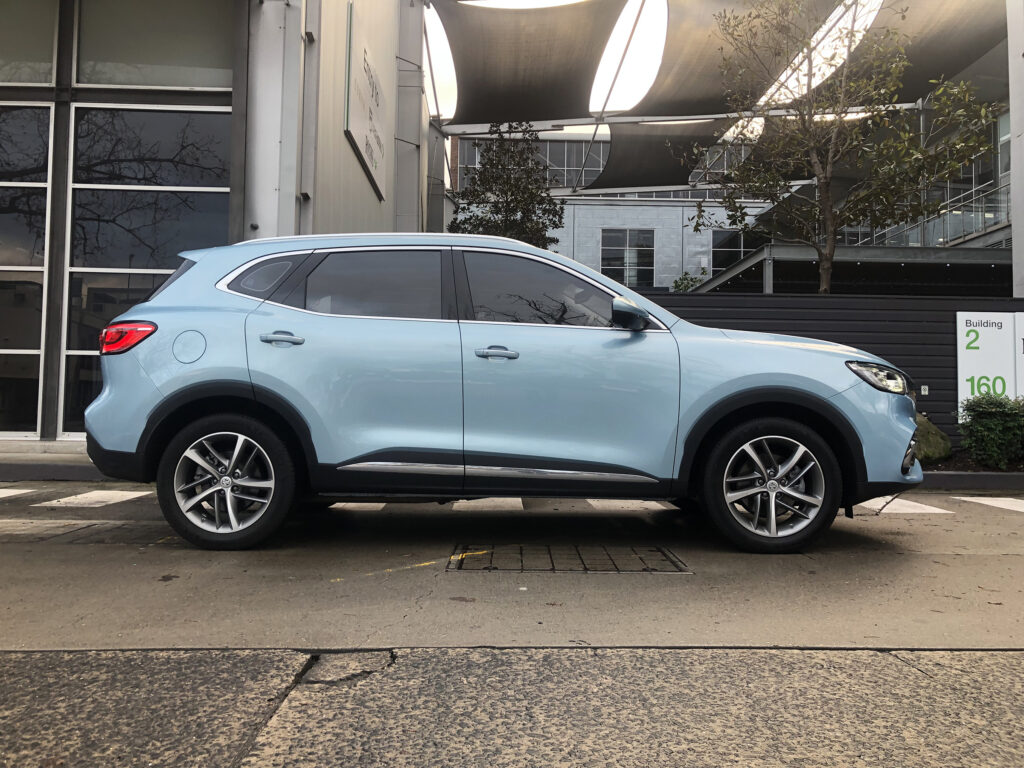
One of Australia’s most affordable PHEVs will get more affordable in January. The MG HS +EV will have a cheaper model added to the range, which in 2021 saw a $1000 price increase to $47,990 drive-away. While the new arrival will miss out on things such as foglights and a sunroof and downsize its wheels from 18s to 17-inch, it’ll get the same 1.5-litre four-cylinder turbo engine and all the safety kit of the current car.
Mitsubishi Outlander PHEV
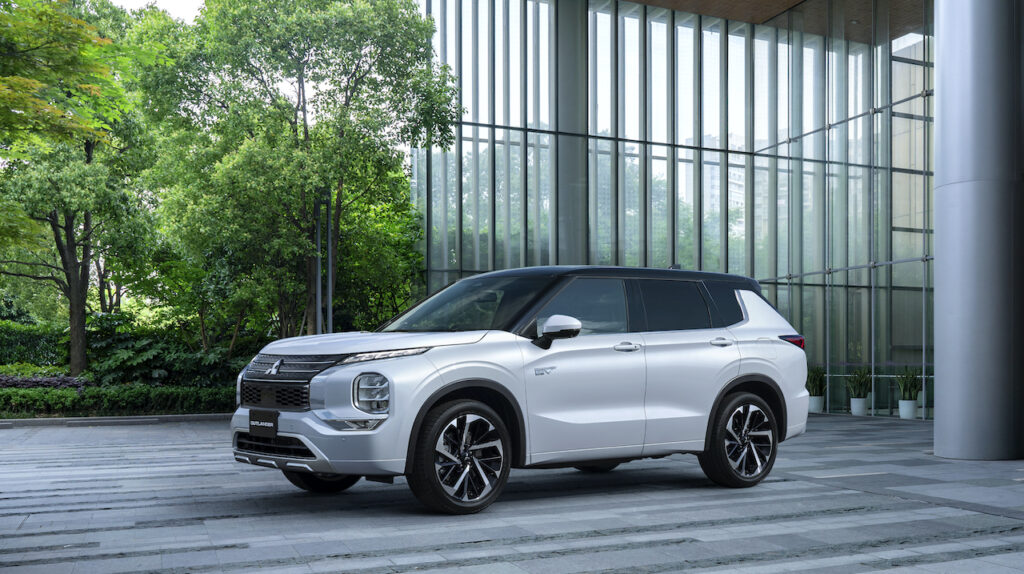
Details of the second generation of what has long been the top-selling plug-in hybrid in Australia are already out, with the exception of pricing. Expect the new Outlander PHEV to start somewhere around $55K when it arrives in the first quarter of 2022. Much of the formula remains, including pairing a petrol engine with electric motors, although the new Outlander is expected to use a Nissan-sourced 2.5-litre engine similar to that used in the ICE models. A bigger body and better packaging means the PHEV will come with seven seats for the first time.
Nissan Qashqai e-Power
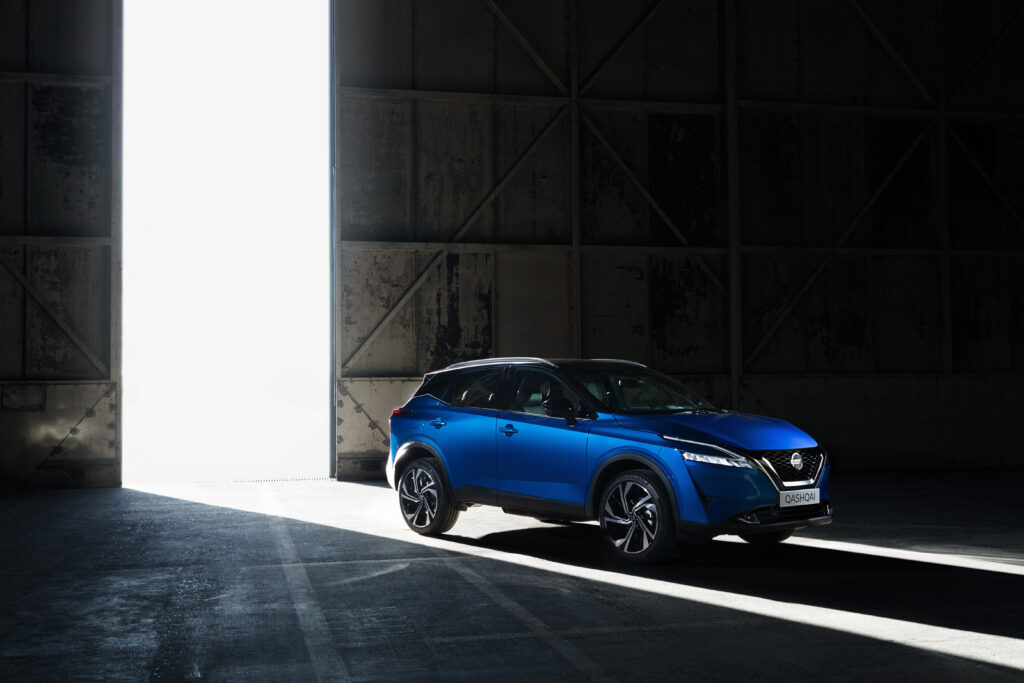
While it’s the Ariya EV we’re eagerly awaiting from Nissan, unfortunately that car looks like it won’t arrive until 2023. So 2022 will instead be a year of e-Power for Nissan. e-Power promises to give Toyota some hybrid competition by allowing only the electric motors to drive the car; the petrol engine simply acts as a generator, allowing it to be tuned for that very specific task. An all-new Qashqai arrives in 2022 and e-Power will eventually be part of the range.
Nissan X-Trail e-Power
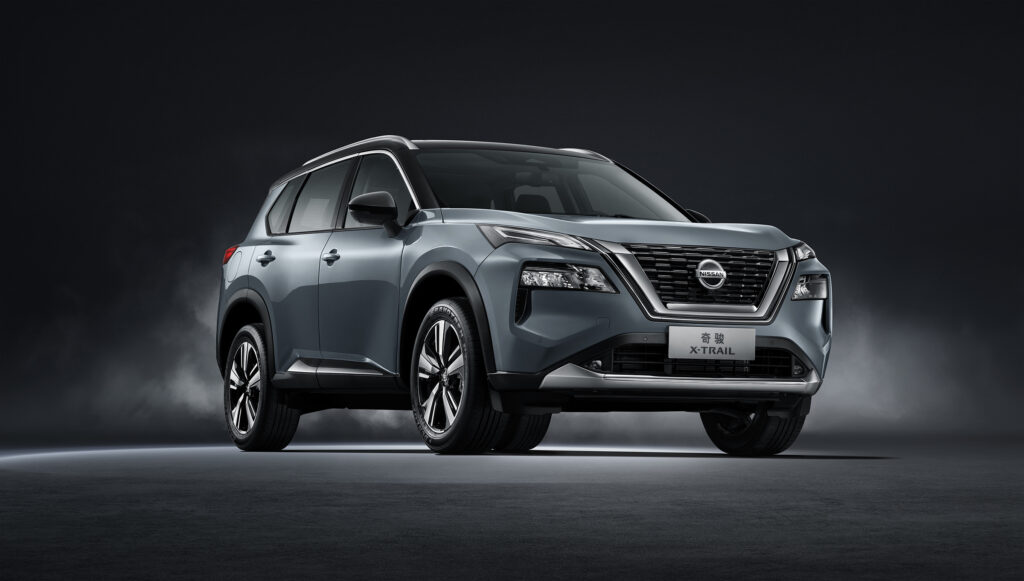
As with the Qashqai, e-Power promises an EV driving experience – including meaty torque and excellent throttle response – but the familiarity of refuelling with petrol. With a new X-Trail arriving in 2022 there will inevitably be an e-Power model for more frugal fuel use.
Ora Cat
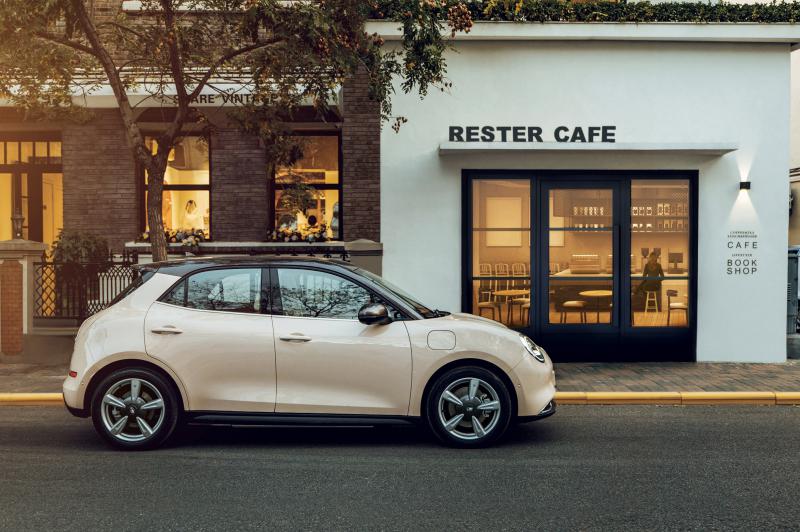
Another new brand arrives in 2022 in the form of Ora, the EV arm of Chinese manufacturer GWM-Haval. There’s been no official word from Australian execs – other than to say they’re keen to launch Ora locally – but globally the company confirmed on its website that “in 2022 the first batch of electric models will be launched in Australia”. The first Ora is likely to be the Cat, possibly priced below $40K.
Peugeot 3008 GT Sport Plug-in Hybrid
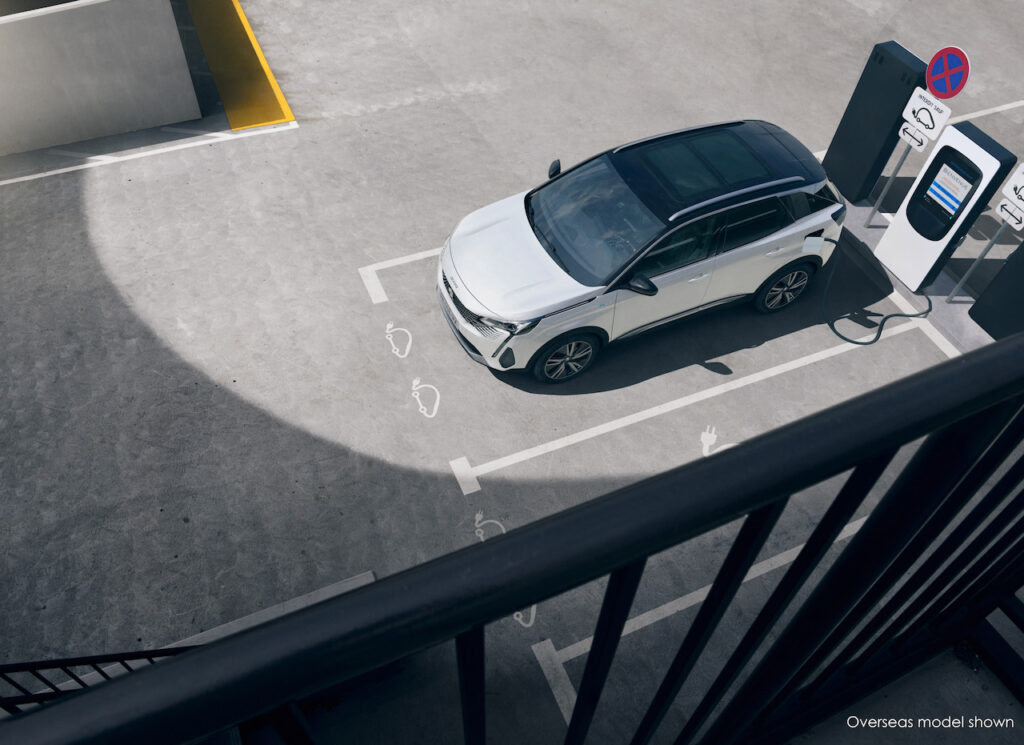
Early in 2022 Peugeot will kick off its electrified onslaught with the 3008 PHEV. The hybrid version of the mid-sized SUV will be the first in the 3008 driving all four wheels, with electric motors at either end and a punchy petrol engine for added fizz. There’s 55km of EV range, but it won’t be cheap, though, at $79,990 plus on-roads.
Peugeot 508 GT Fastback Plug-in Hybrid
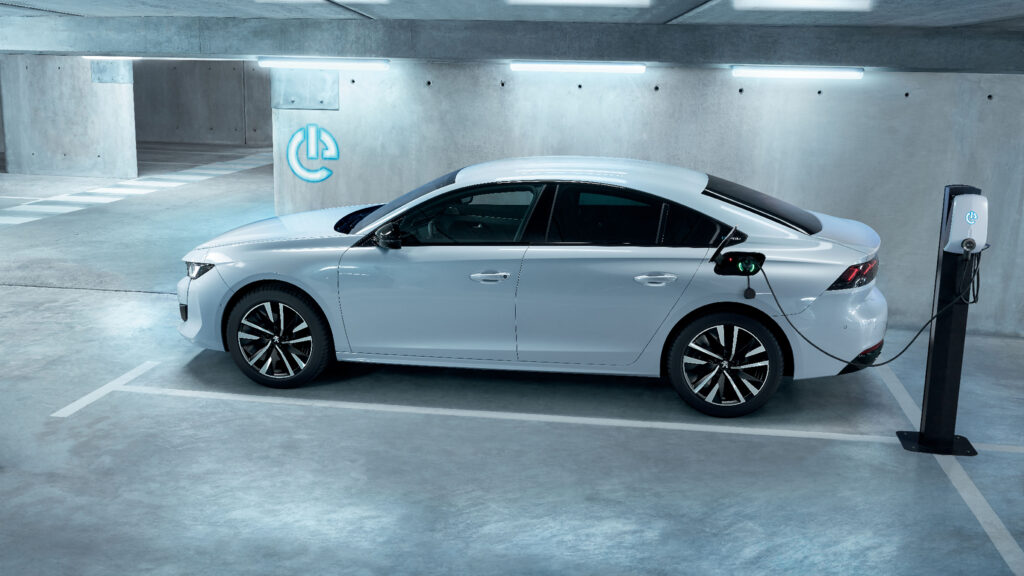
The stylish 508 will get some electric smarts in the first quarter with the arrival of the 508 GT Fastback Plug-in Hybrid. A single electric motor pairs with a petrol engine to provide a combined 222kW to the front wheels. EV range is listed at 60km and the 508 PHEV is priced from $76,990 plus on-roads.
Peugeot e-2008

Peugeot has confirmed it will begin selling EVs in Australia in 2022, but it hasn’t said which ones. There’s been enough talk to suggest the e-2008 is all but a done deal for Australia in 2022. With a 100kW electric motor driving the front wheels, the e-2008 promises upwards of 300km of WLTP range in a smartly-styled compact SUV body. Expect more details throughout the year.
Peugeot e-Partner/e-Expert
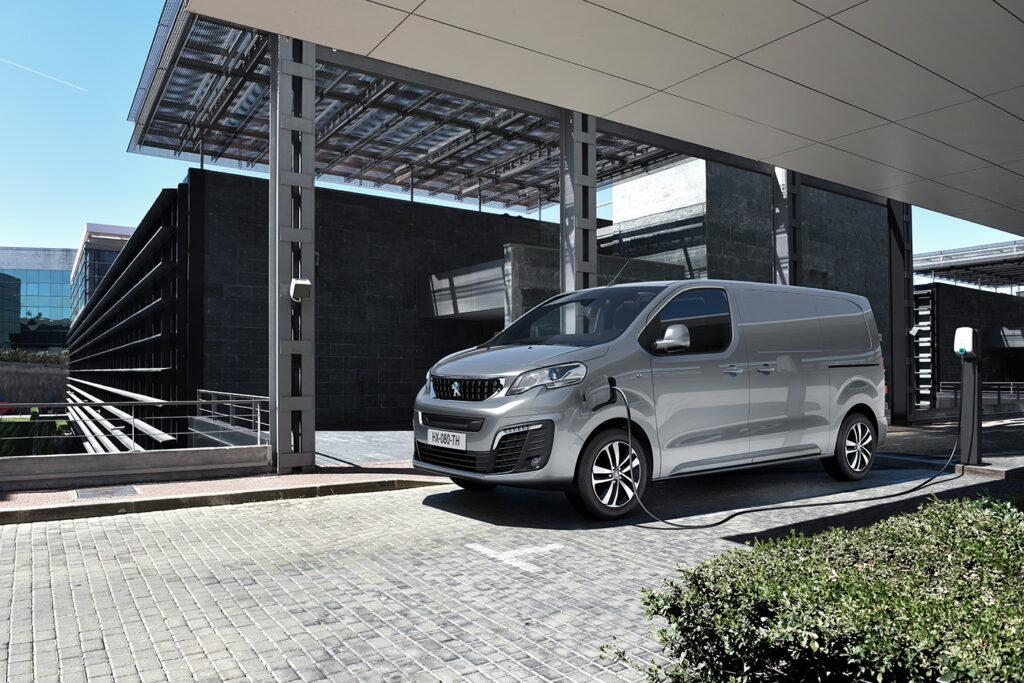
Peugeot has been carved itself a handy niche in the van market and it’s looking to expand that to electric vehicles. Electric versions of the Partner and Expert are both possibilities for 2022.
Polestar 2
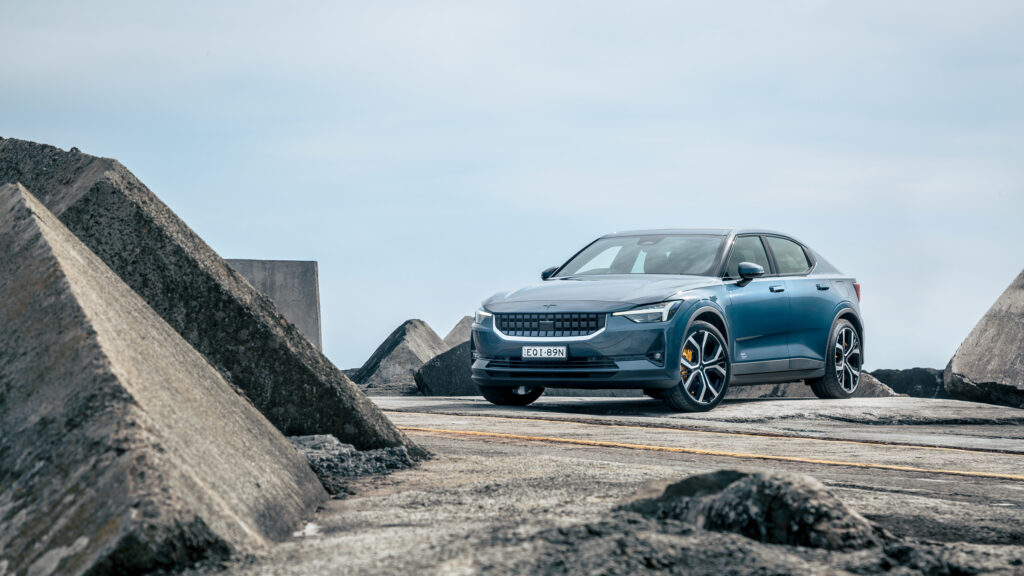
Test drives for the Polestar 2 have already kicked off but first deliveries of the Tesla fighter kick off in February. Both single and dual motor versions are part of the lineup that welcomes the arrival of the brand that is effectively an EV spin-off of Volvo. The second model – called Polestar 3 – will be unveiled globally later in the year but won’t make it to Australia until 2023.
Porsche Taycan RWD
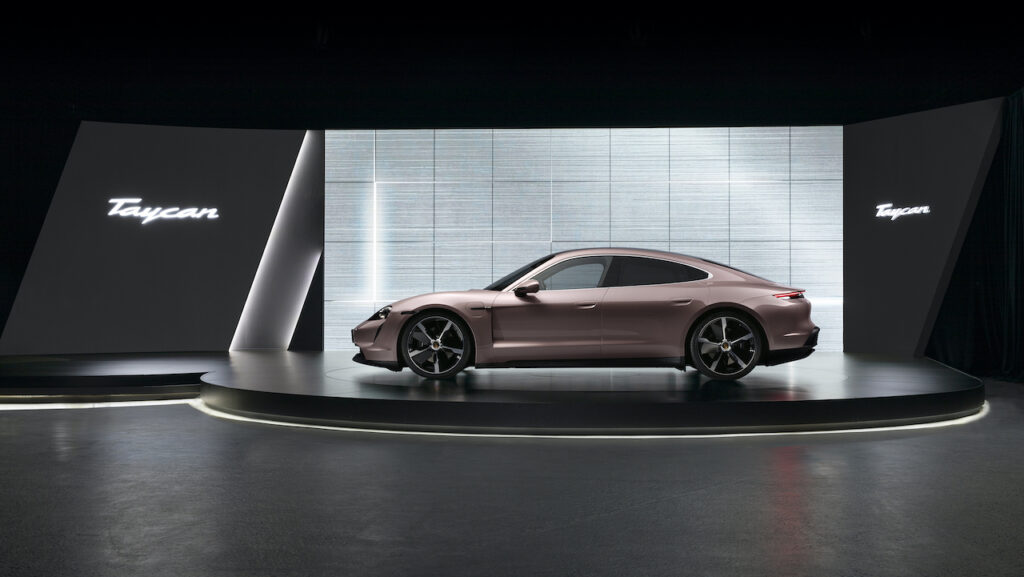
The most affordable Taycan arrives early in the year, albeit with a little less performance. The car simply known as Taycan (as opposed to 4S, Turbo and Turbo S) is also the only one to miss out on a motor driving the front wheels. Instead there’s a single electric motor driving through Porsche’s tricky two-speed transmission for thoroughly respectable acceleration. With the regular Performance battery there’s 240kW or a shortlived 300kW for 0-100km/h acceleration in 5.4 seconds. The larger Plus battery ups those outputs to 280kW and 350kW, as well as stretching the range from 369km to 434km.
Porsche Taycan GTS
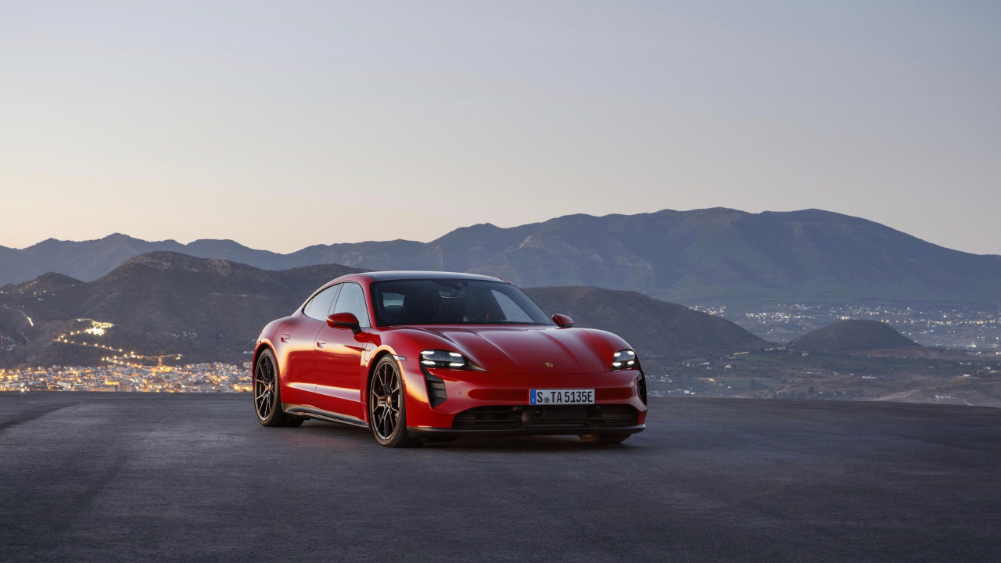
Those wanting the sharpest of Taycan driving experiences will be able to step into the GTS around May. As with other GTS Porsches, the emphasis is not necessarily on outright pace (although there’s plenty of that) but crisper dynamics with a bit more punch. Slotting between the 4S and Taycan Turbo, the $237,000 (plus on-roads) Taycan GTS has up to 440kW from two motors. There are also black design highlights and a unique chassis tune.
Tesla Model Y
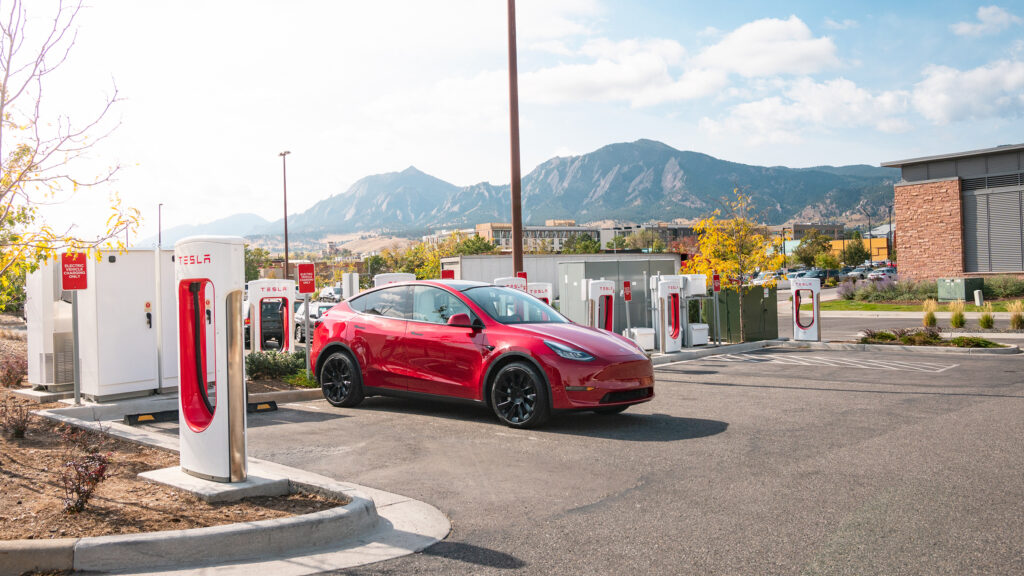
It’s anybody’s guess when the Tesla Model Y will finally hit dealerships in Australia. Certification for the mid-sized SUV was completed in September 2021 and Tesla reps are getting used to batting away questions about when it might get here. Suffice to say it’s an odds-on bet it’ll appear sometime in 2022. When it does, expect three models, as per the government certification documents. There will be a single motor (rear-drive) entry-level car, a dual motor Long Range and a dual motor Performance.
Tesla Model S Plaid
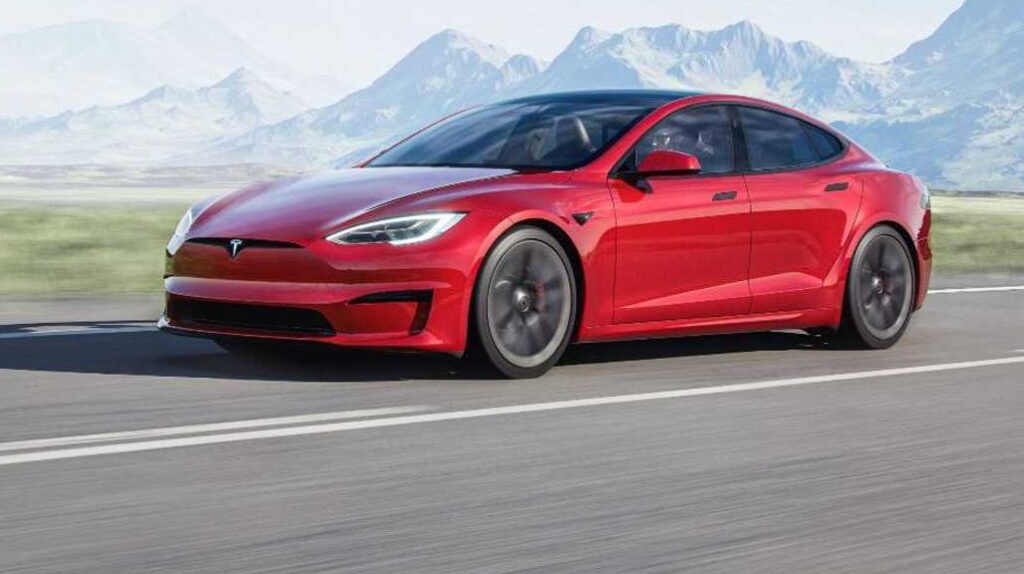
Expectations were that the Plaid version of the Model S would arrive late in 2022 – at the same time that the updated Model S Long Range also made it Down Under. But from a brand known for delays (and more delays) it’s ominous that Tesla has stopped forecasting an arrival time and stopped taking order for what is claimed to be the fastest-accelerating four-door on the planet. There’s a chance the refreshed Model S could make it here by the end of the year but we wouldn’t be remotely surprised if it was pushed out to 2023 – or 2024, or…
Toyota bZ4X
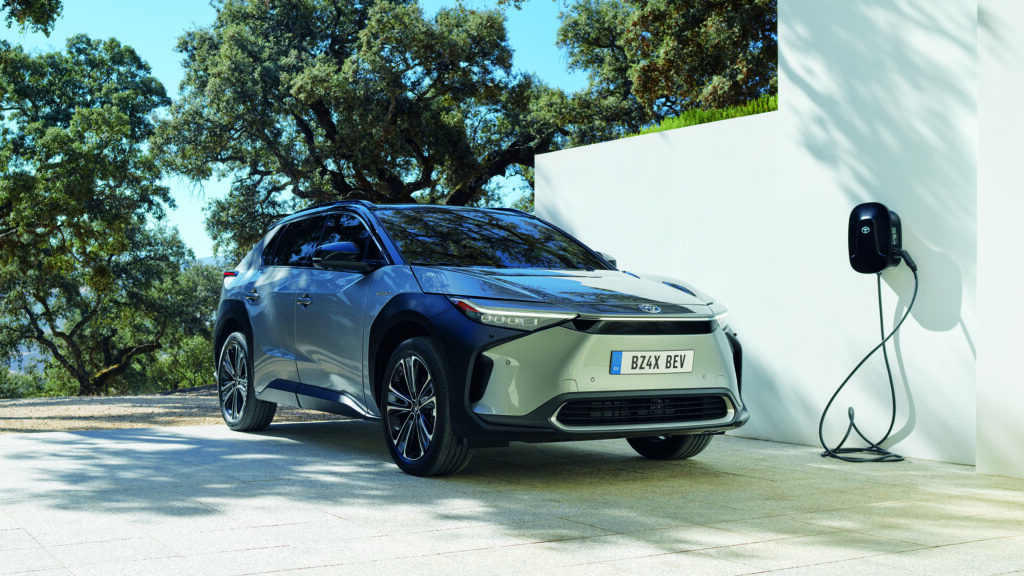
The top-selling brand has dominated the discussion on hybrids but has been uber slow to the EV party. The Japanese giant finally gest on board late in 2022 with the bZ4X. Australian details are yet to be confirmed but globally the Toyota bZ4X will be available as a single motor two-wheel drive or dual-motor AWD and an anticipated 10-year battery warranty is expected to be a highlight. While it rides on a dedicated EV architecture, the single motor model drives the front wheels rather than the rear. The mid-sized SUV is the first of a family of EV newcomers, with Toyota planning at least 15 battery electric vehicles by 2030.
Volkswagen Touareg R
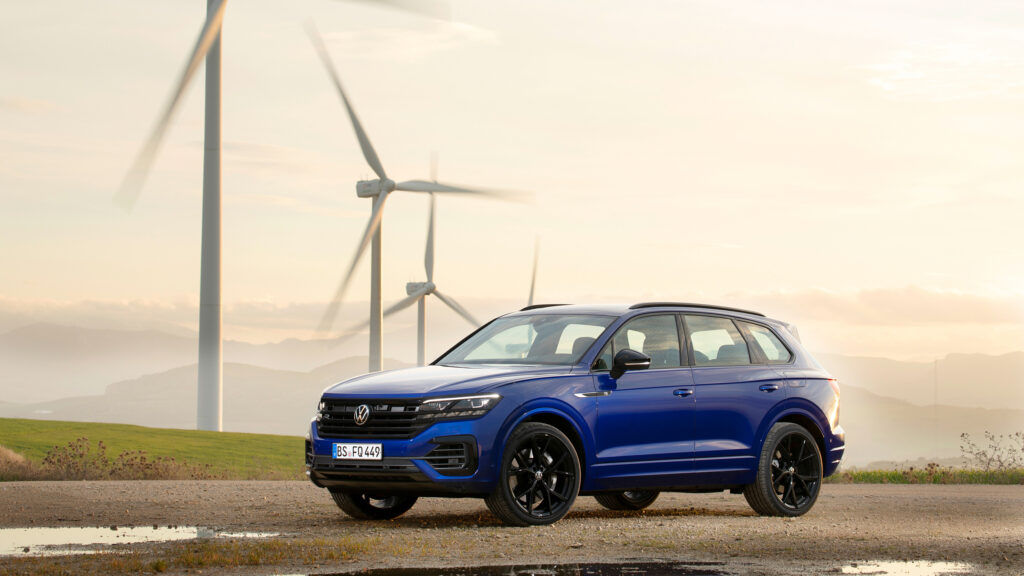
Volkswagen’s first electrified vehicle arrives in 2022 in the form of the Touareg R, one of five R models due in 2022. Effectively stepping in for the V8 version of VW’s large luxury SUV, the Touareg R pairs a 3.0-litre V6 turbo petrol engines with a 100kW electric motor for 5.1-second 0-100km/h potential. EV range is claimed at up to 47km for a car that will sell from $136,490 before on-road costs.
Volkswagen ID.4
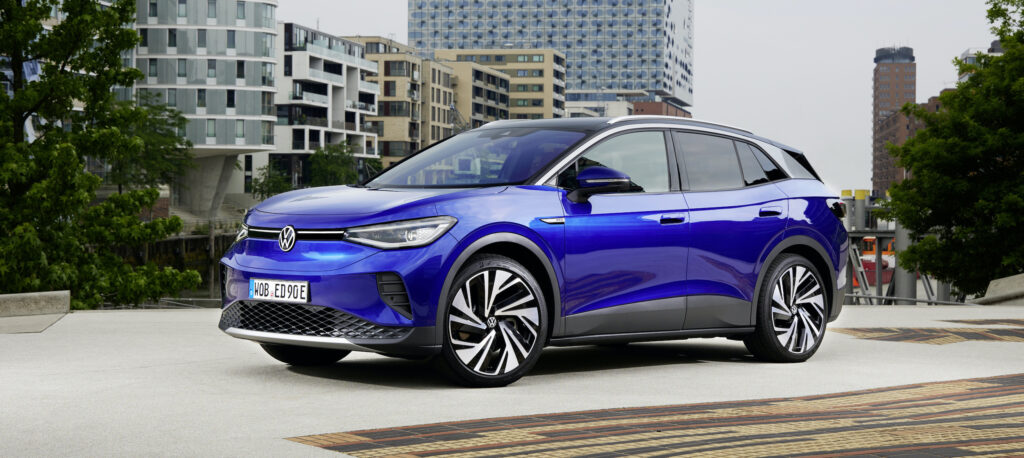
The wheels are turning to make the Volkswagen ID.4 a reality and the smart money says there’s a chance it could arrive here very late in the year. If not, it’s almost certain for 2023. Volkswagen Australia has long wanted to leverage the fast-growing ID family of battery electric vehicles but has been hamstrung because demand is so high in other parts of the world it hasn’t made sense to send cars to Australia. The mid-sized ID.4 would arrive in the sweet spot of the market and provide a glimpse of the EV future Volkswagen has planned.
Volvo C40
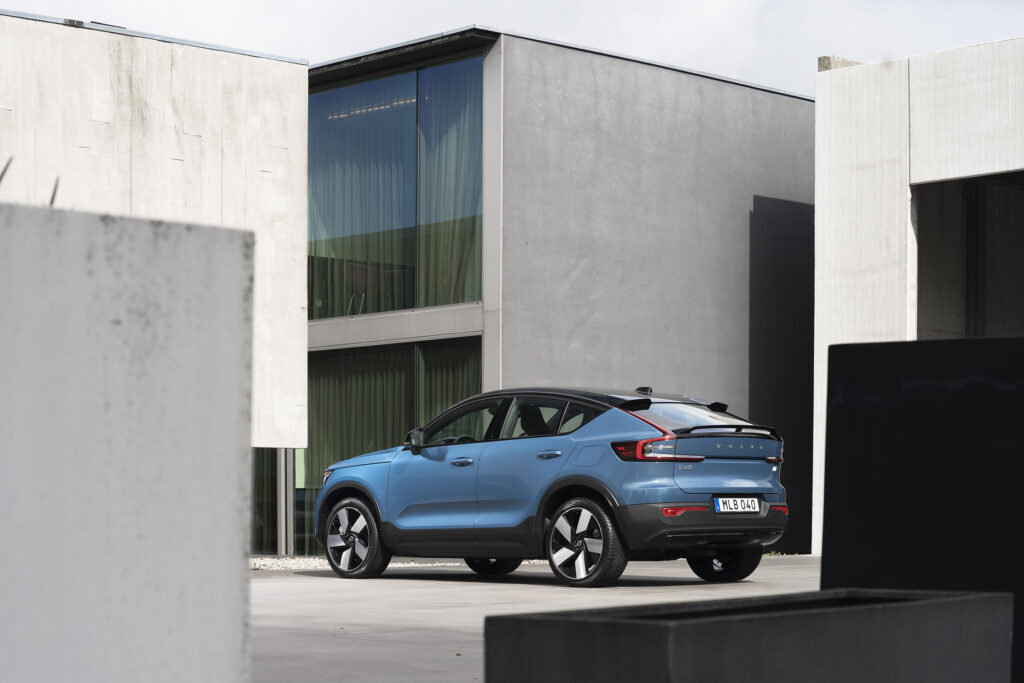
Volvo’s first EV-only model arrives in 2022, likely around the middle of the year. The Volvo C40 uses the electrical running gear and architecture of the XC40. But instead of a choice of engines, the C40 will be available only with electric propulsion. The Volvo will kick off with two variants, one a front-drive single motor and the other an all-wheel drive twin motor called C40 Recharge Twin.
Volvo XC40 Pure Electric single motor

The Volvo XC40 Recharge Pure Electric was one of the EV surprises of 2021 – big performance in a practical SUV package – and it’s set to get more affordable in 2022. Volvo has confirmed the single motor version of the five-seat SUV will arrive early in the second half of the year. It’ll be accompanied by an update to the XC40 with design tweaks and some extra kit.
Volvo XC60 PHEV and XC90 PHEV
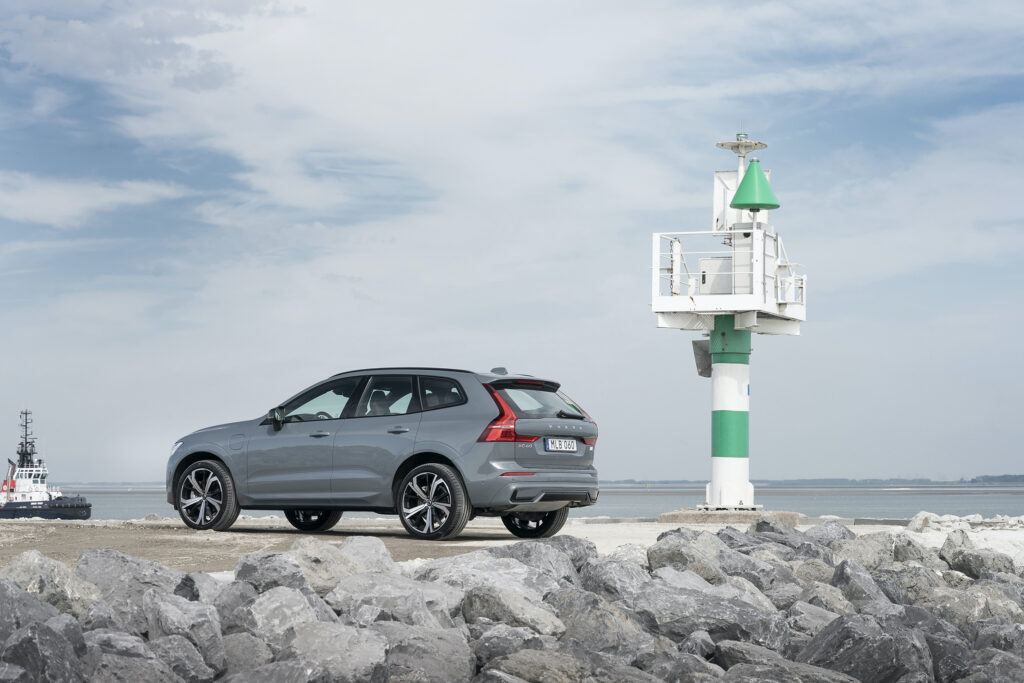
Updated PHEV versions of the XC60 mid-sized SUIV and XC90 large SUV hit the road early in the year, in turn stretching how far you can drive on electricity alone. The EV range of each extends to as much as 90km, meaning less need to rely on the four-cylinder petrol engines that also add to the performance of the Volvo SUVs.

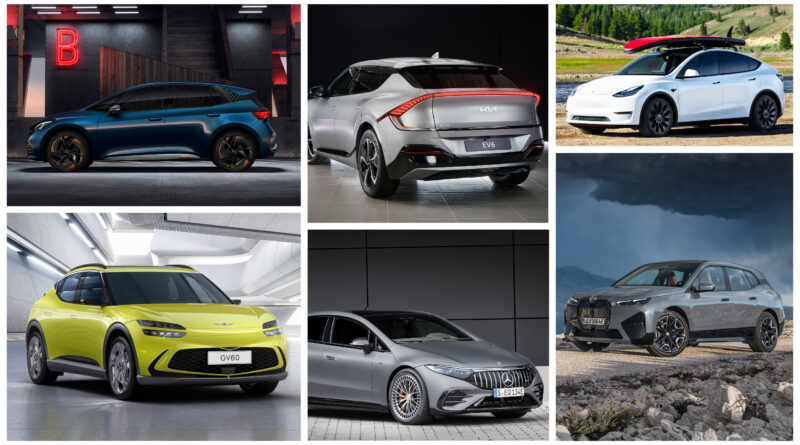
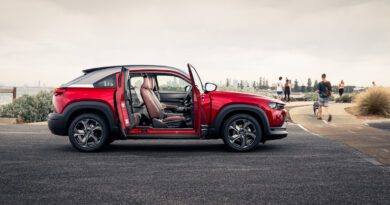

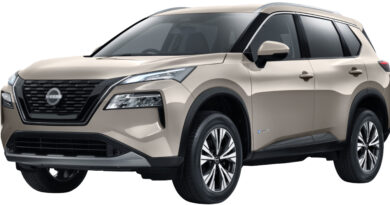
My wishlist for EVs to come to Australia, maybe one day :-
Honda E
VW id3
Peugeot e208
Fiat 500e
Kia eSoul
No more large SUVs, please !
What about the new Kia Niro being released in 2022?
Good point Bob. We sort of missed that one. We’ve updated the article now. Thanks for pointing it out.